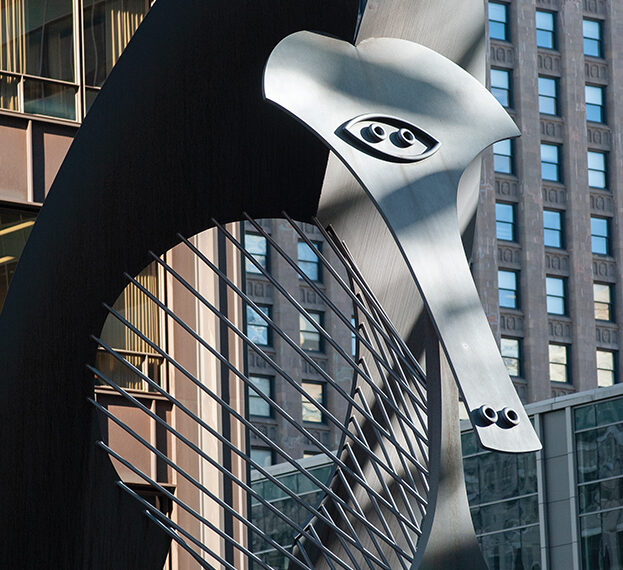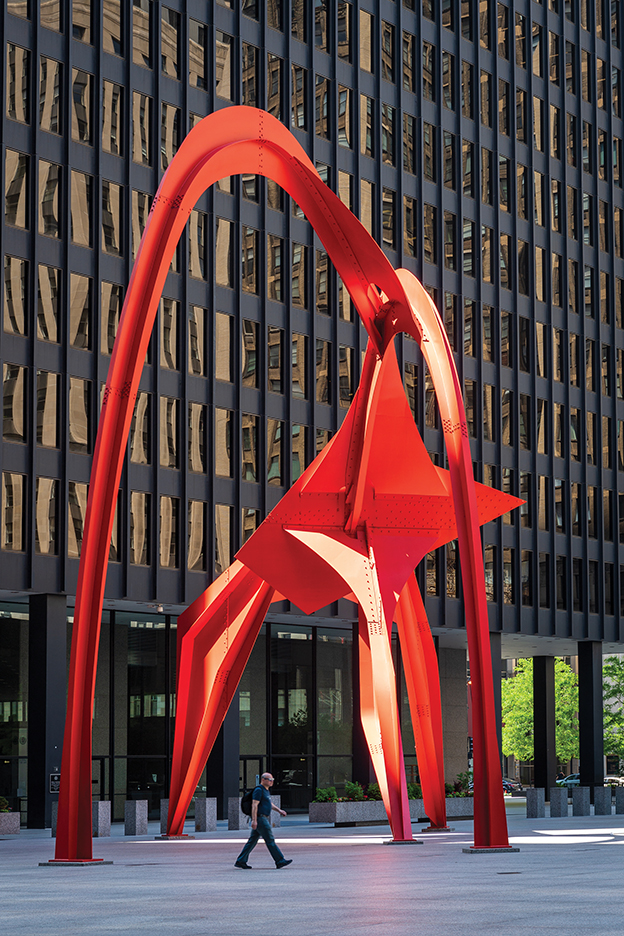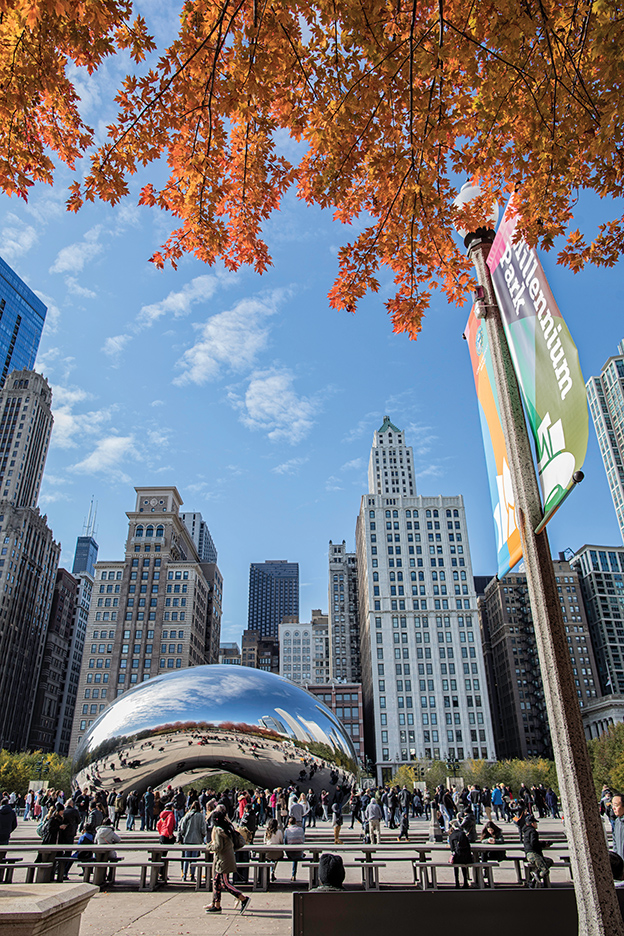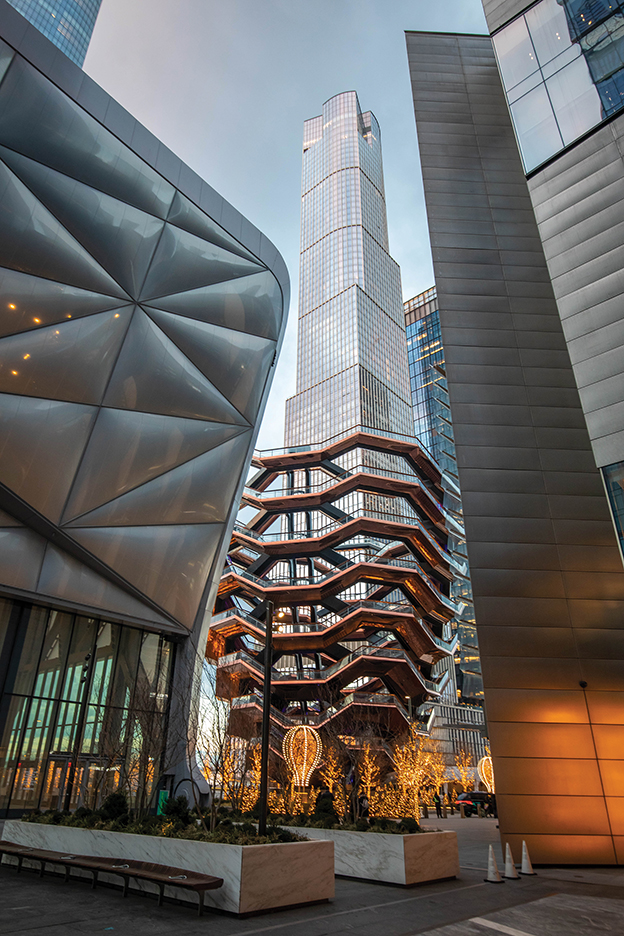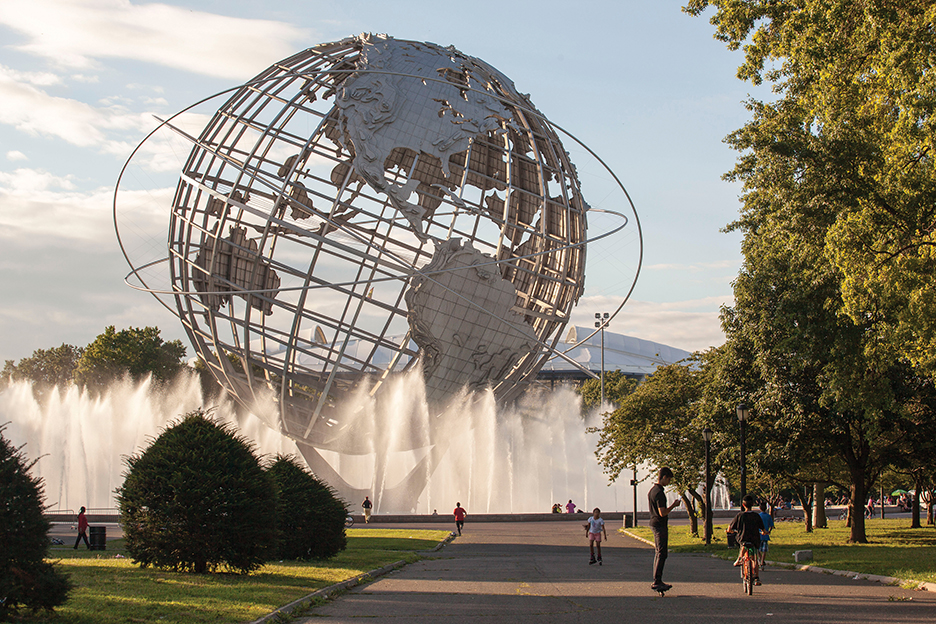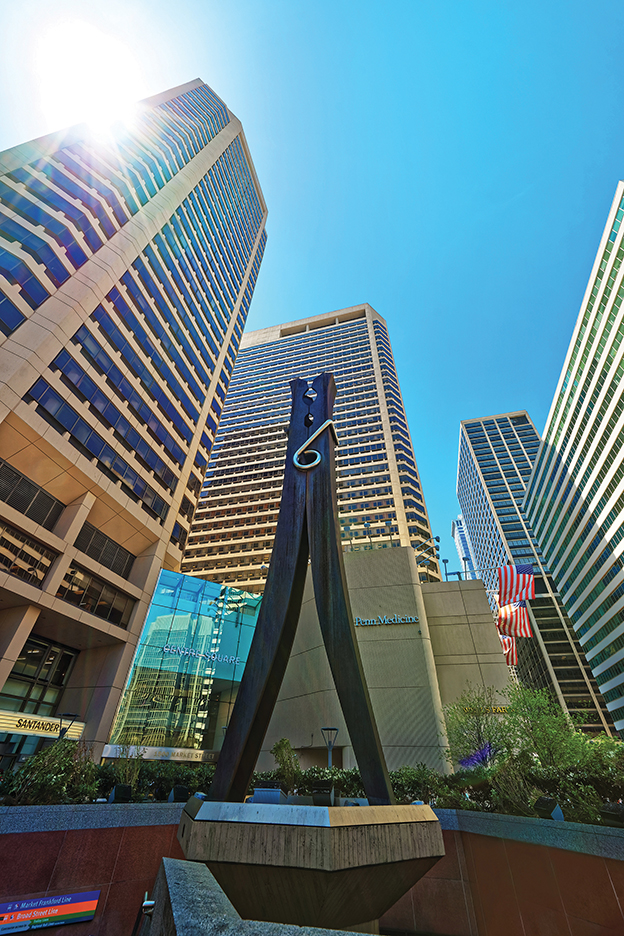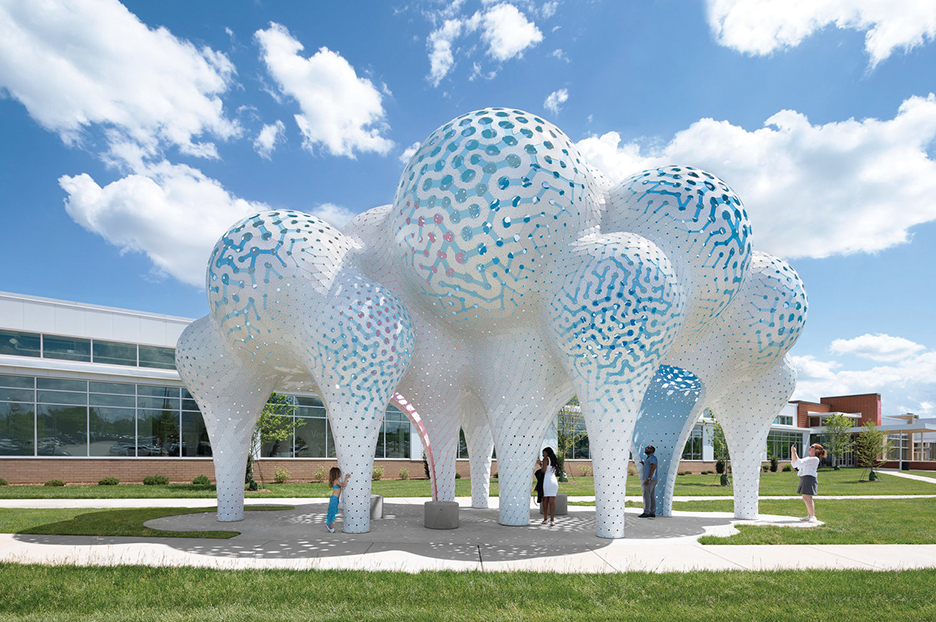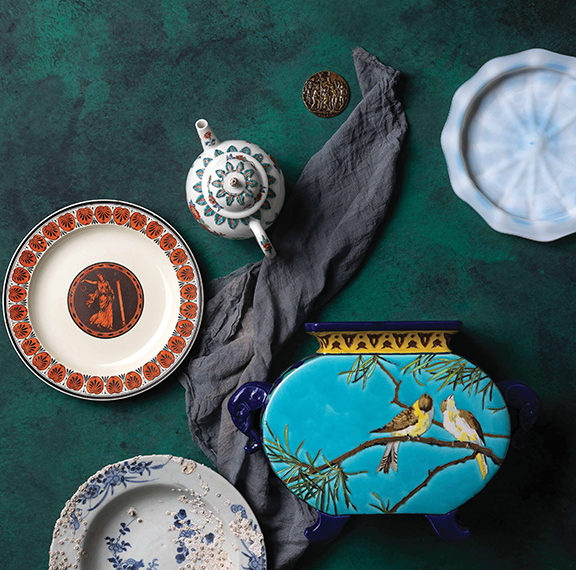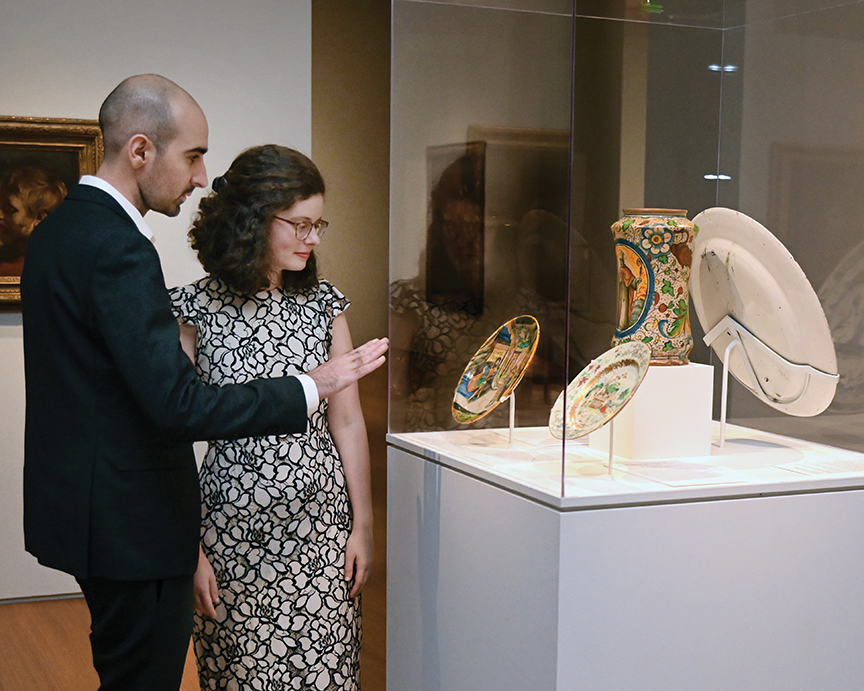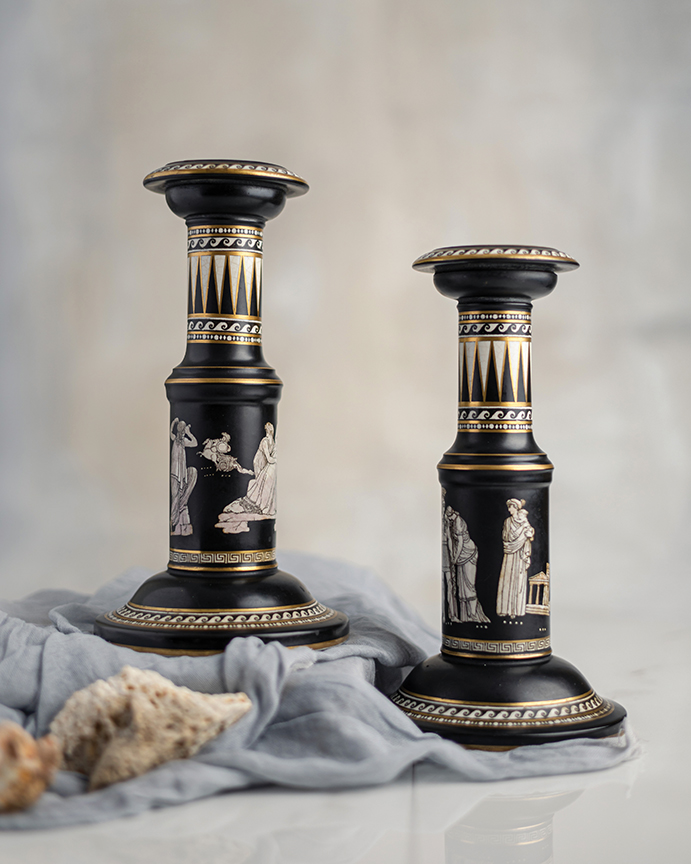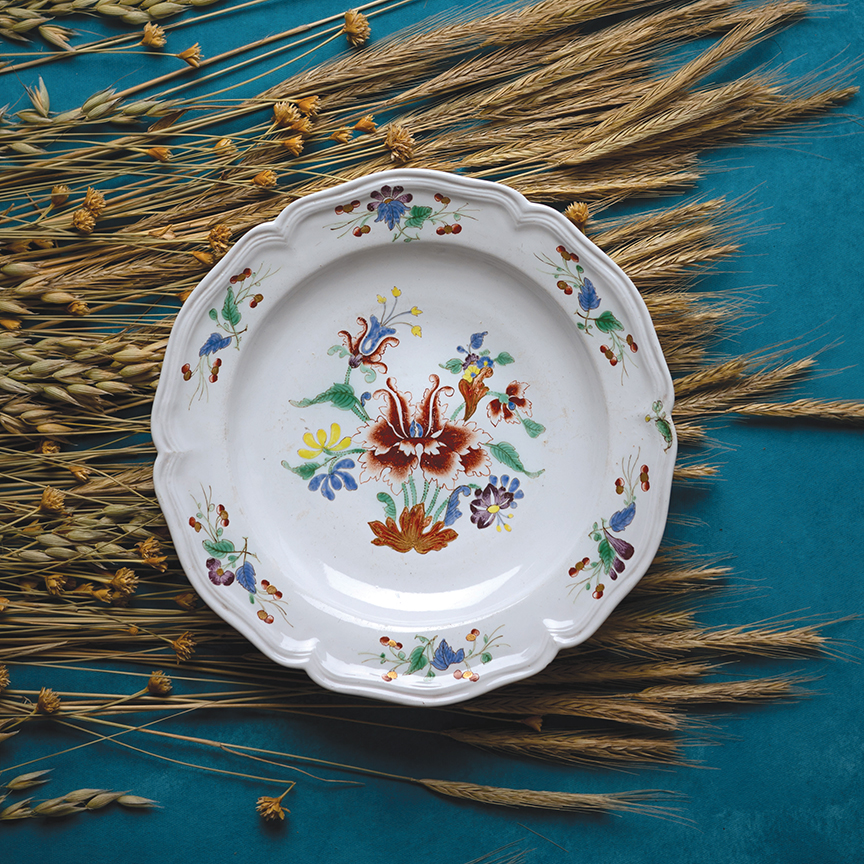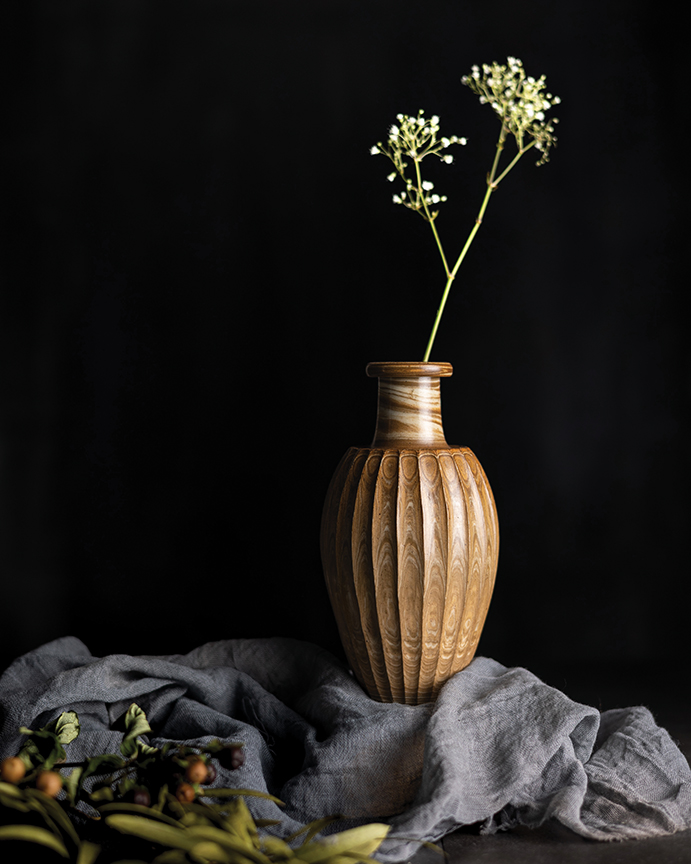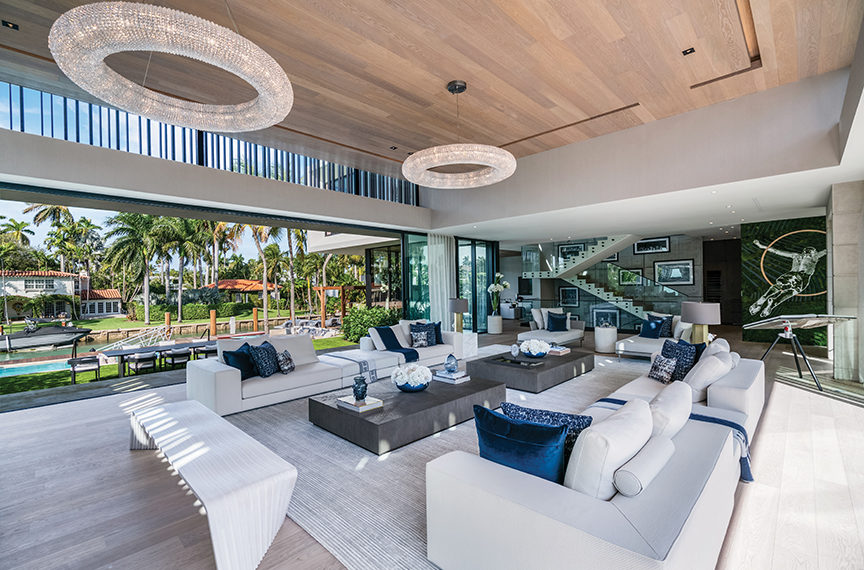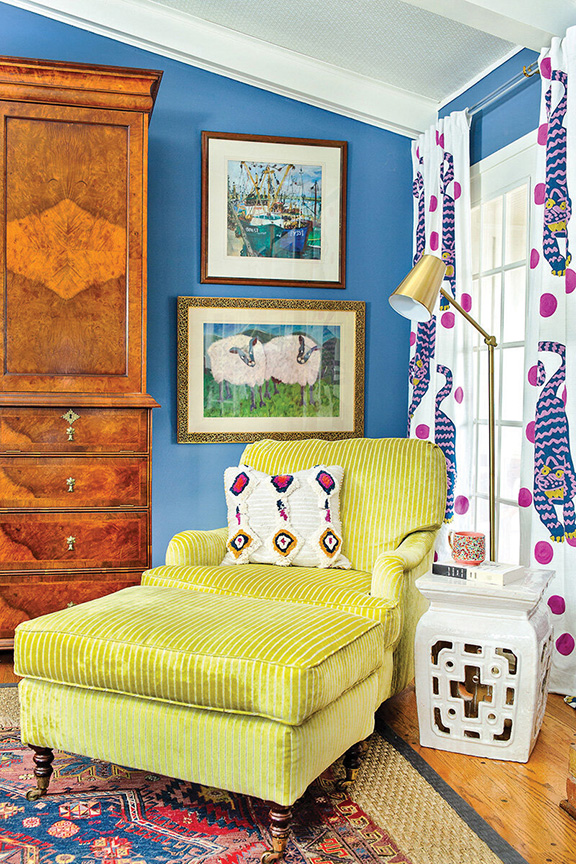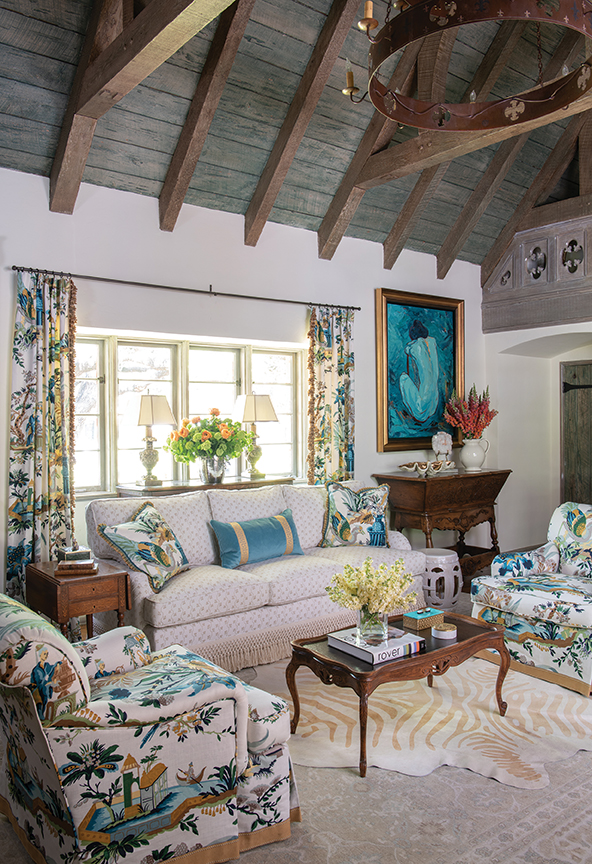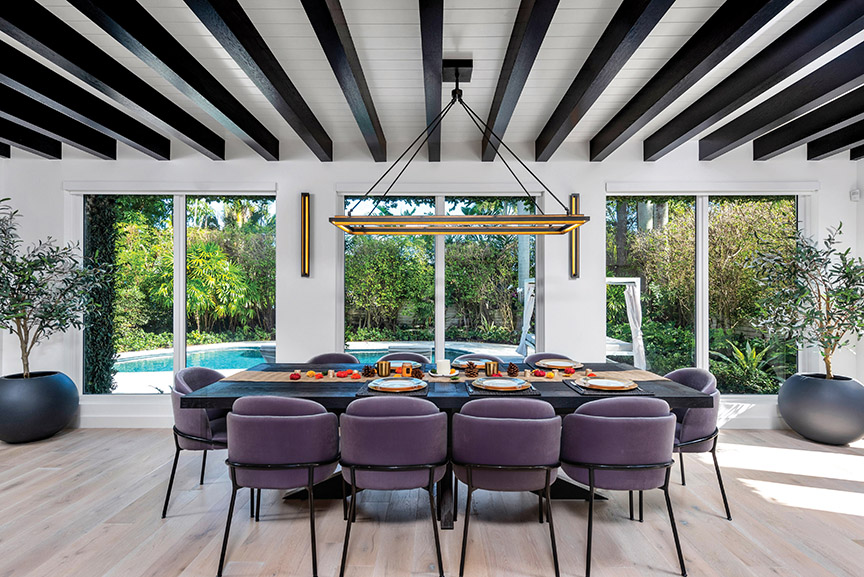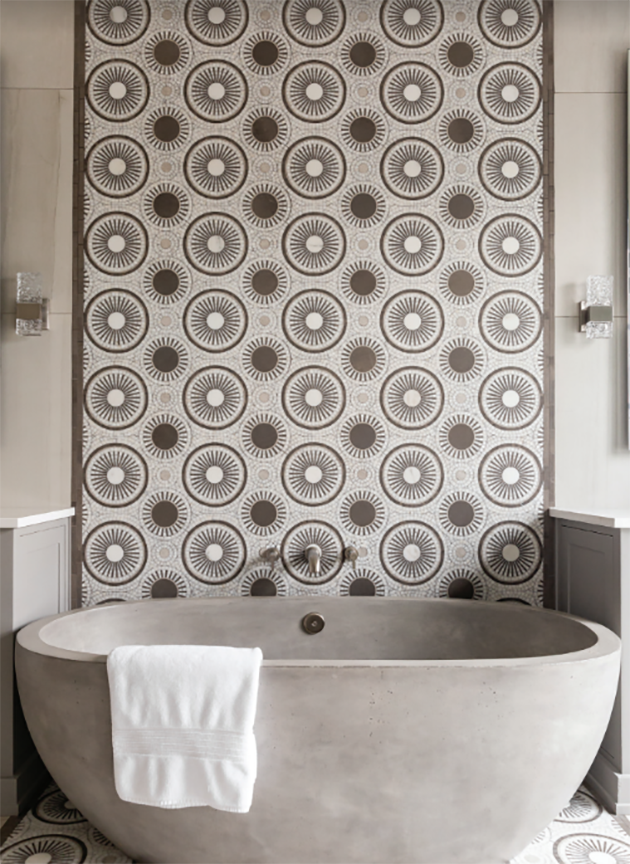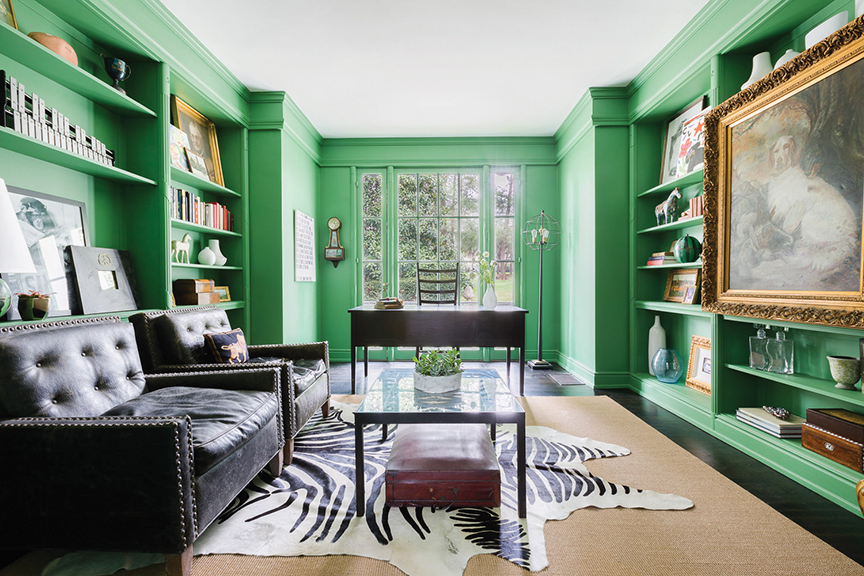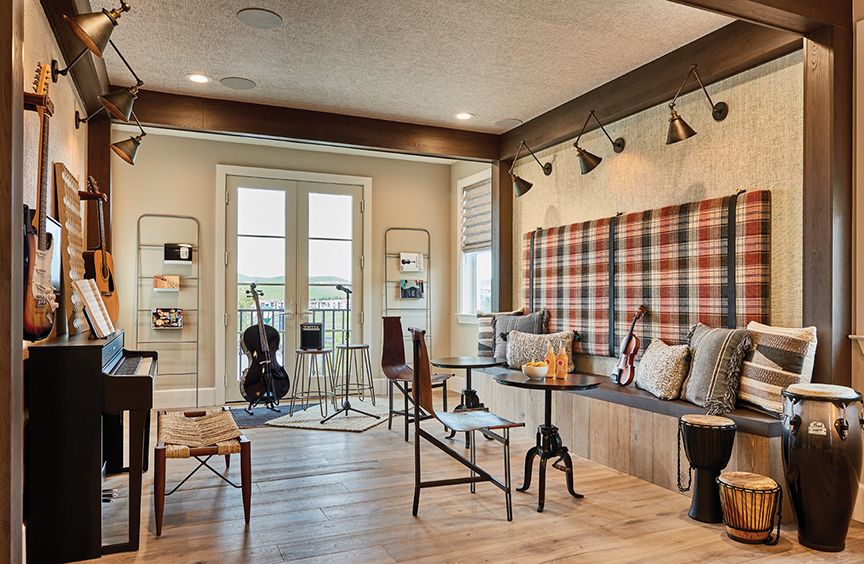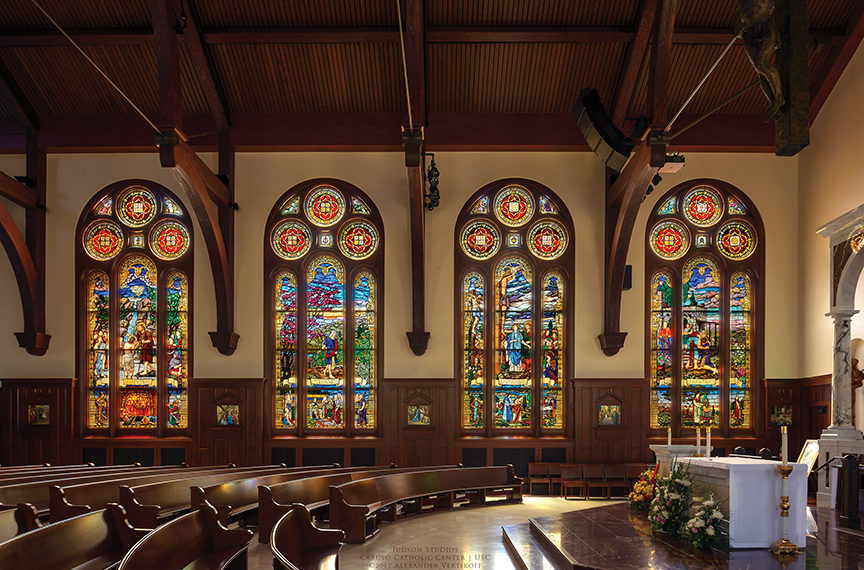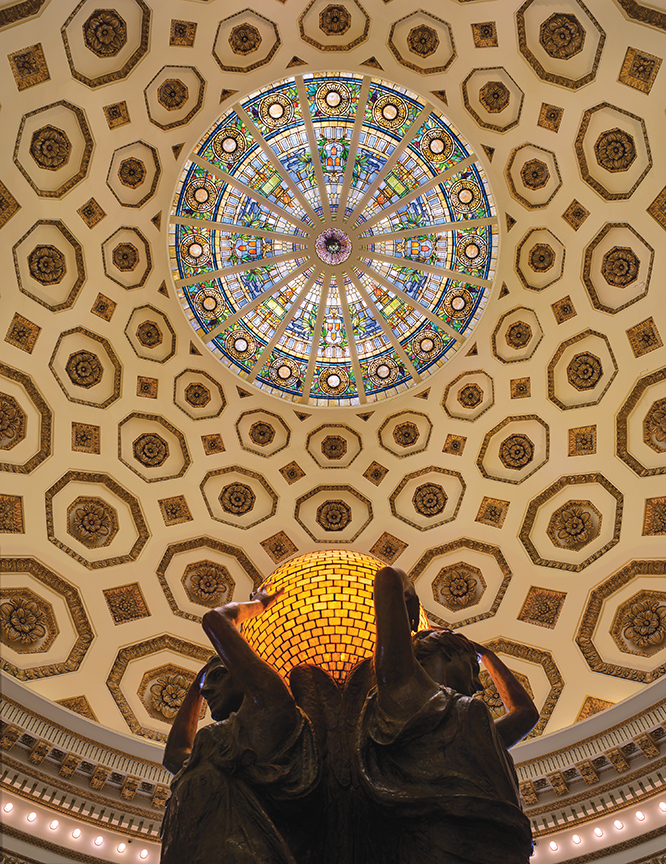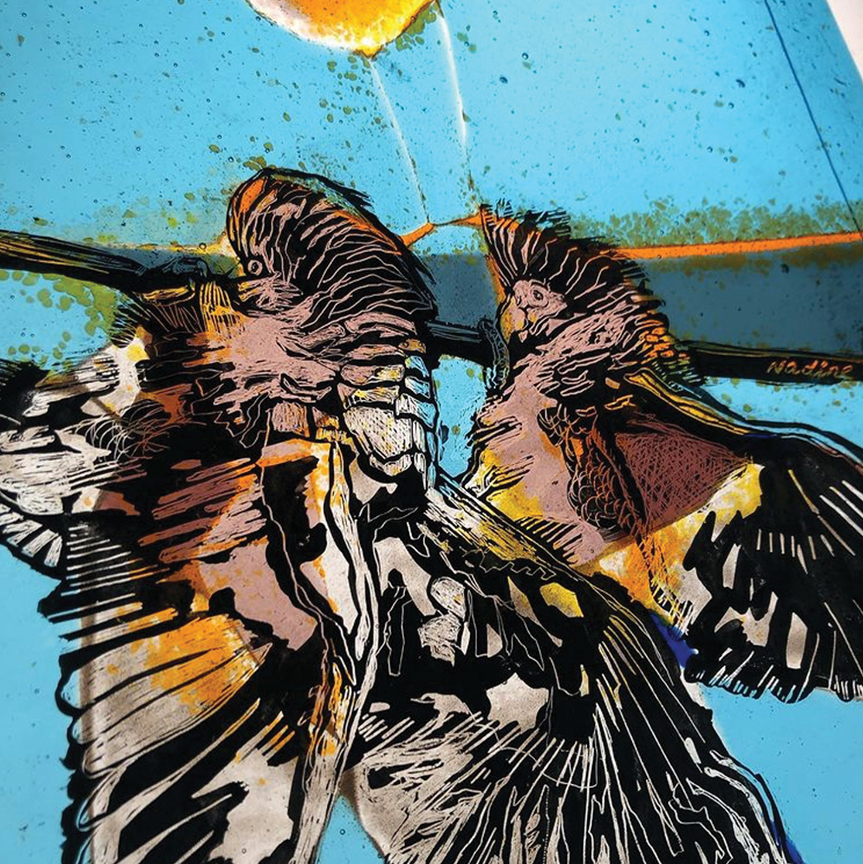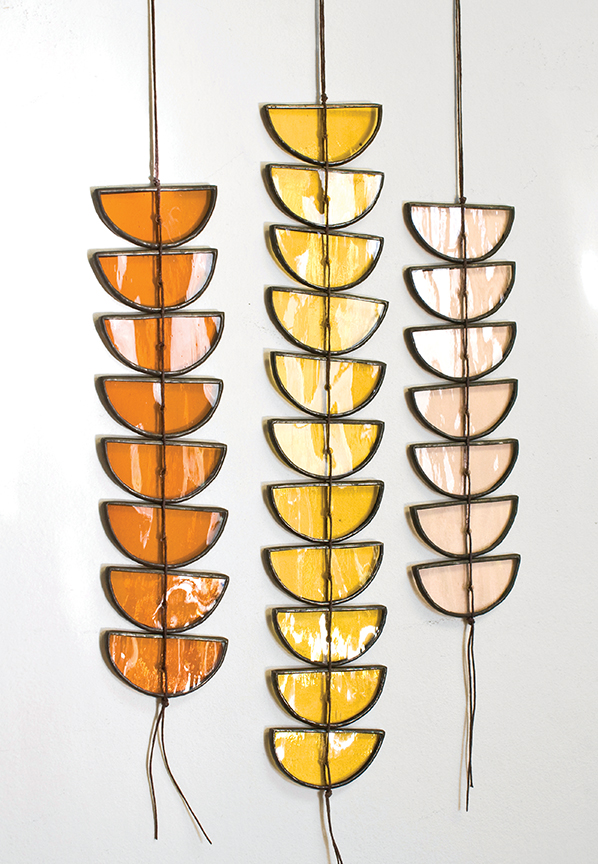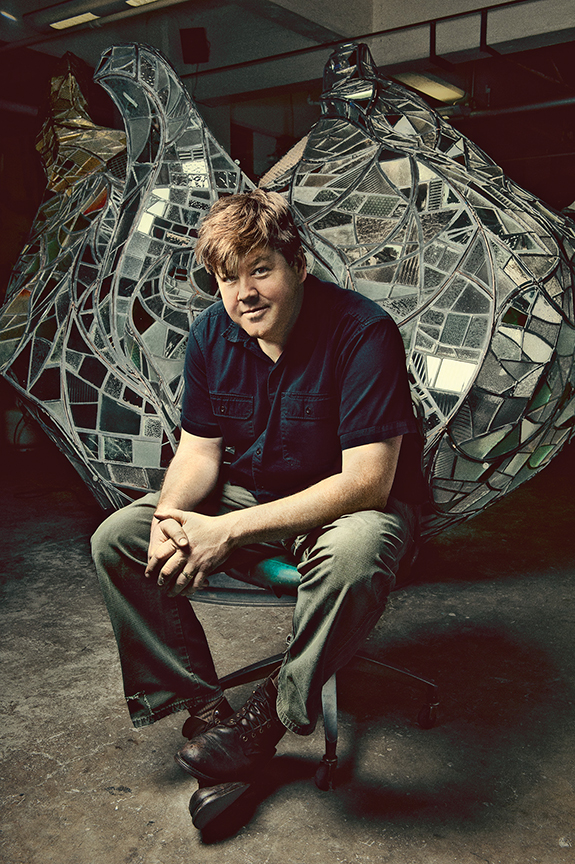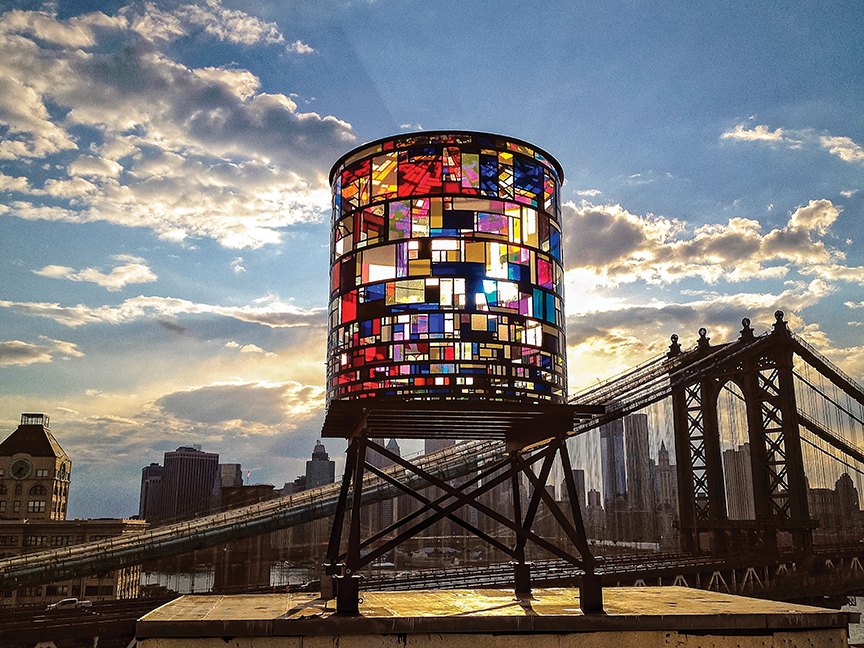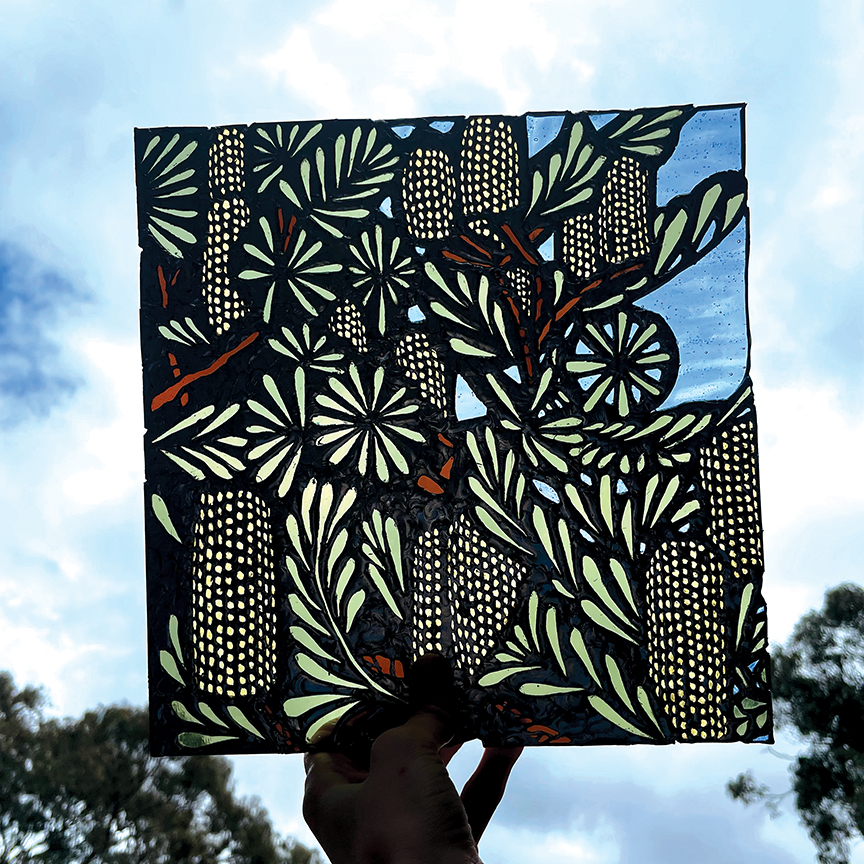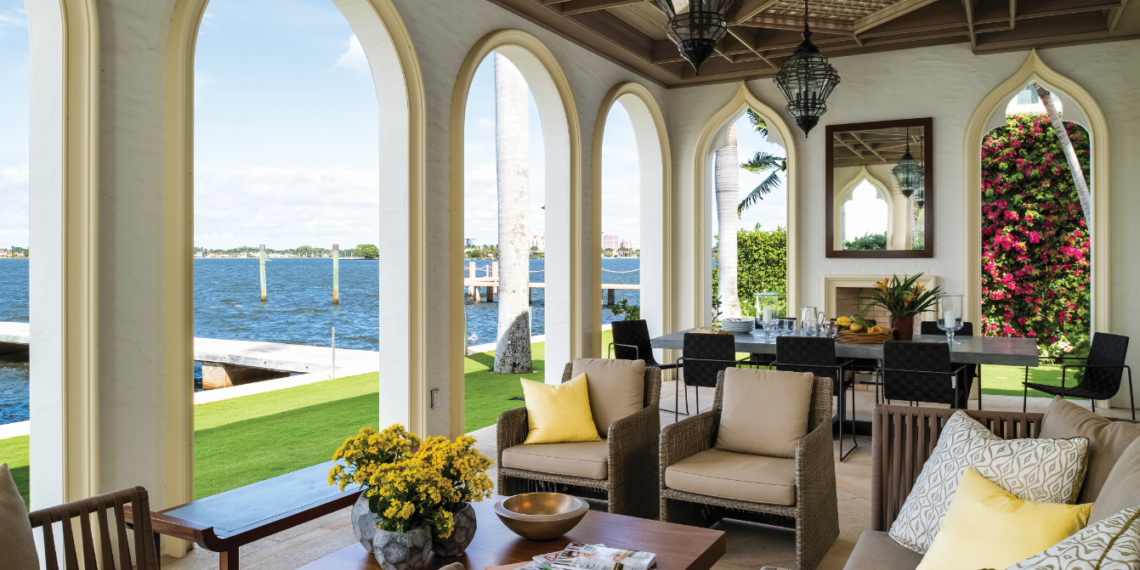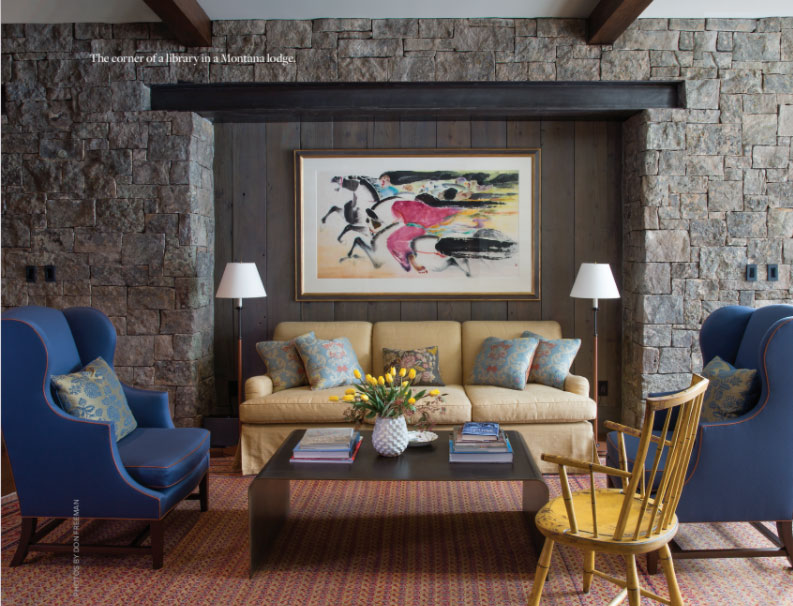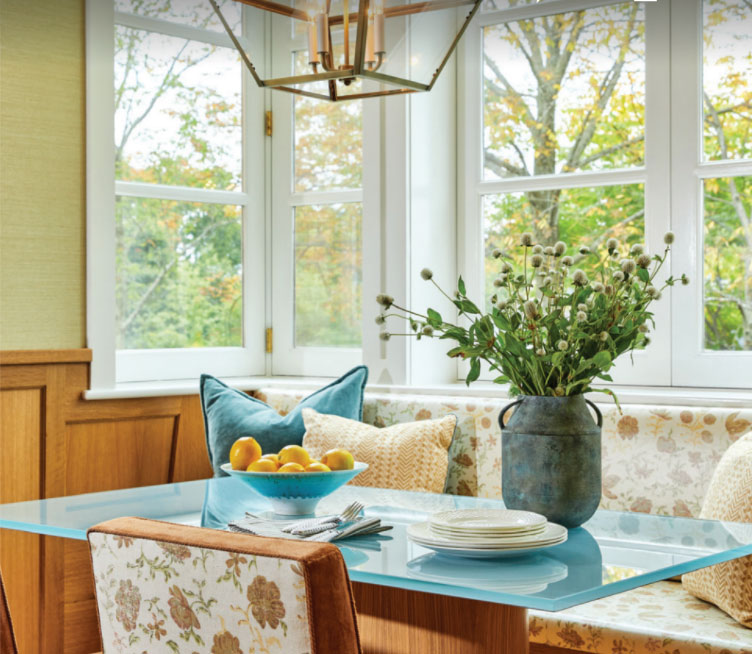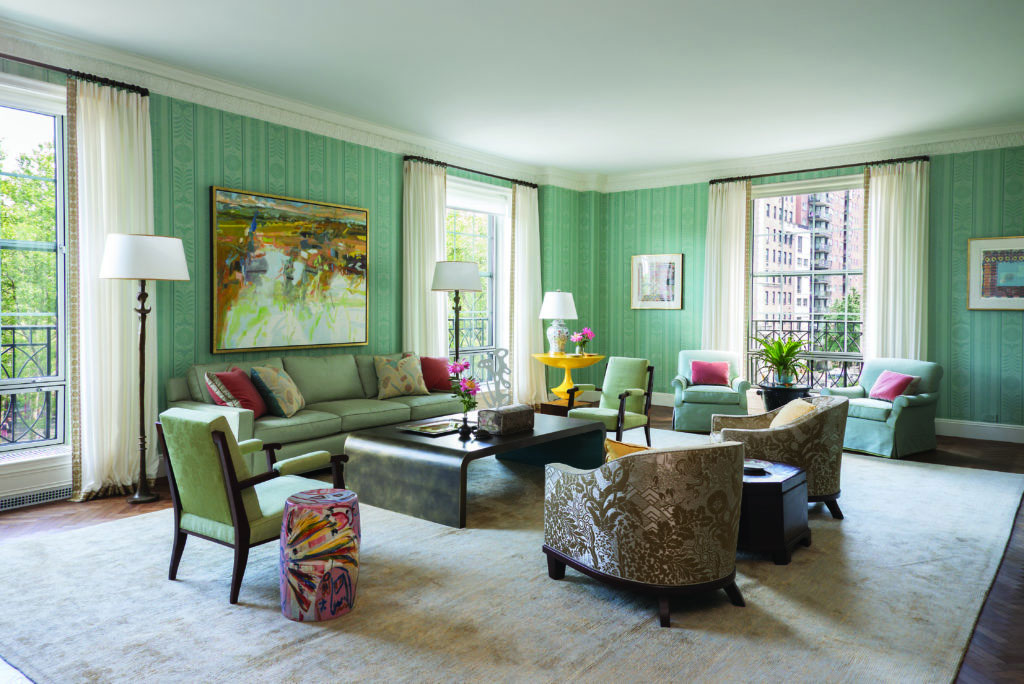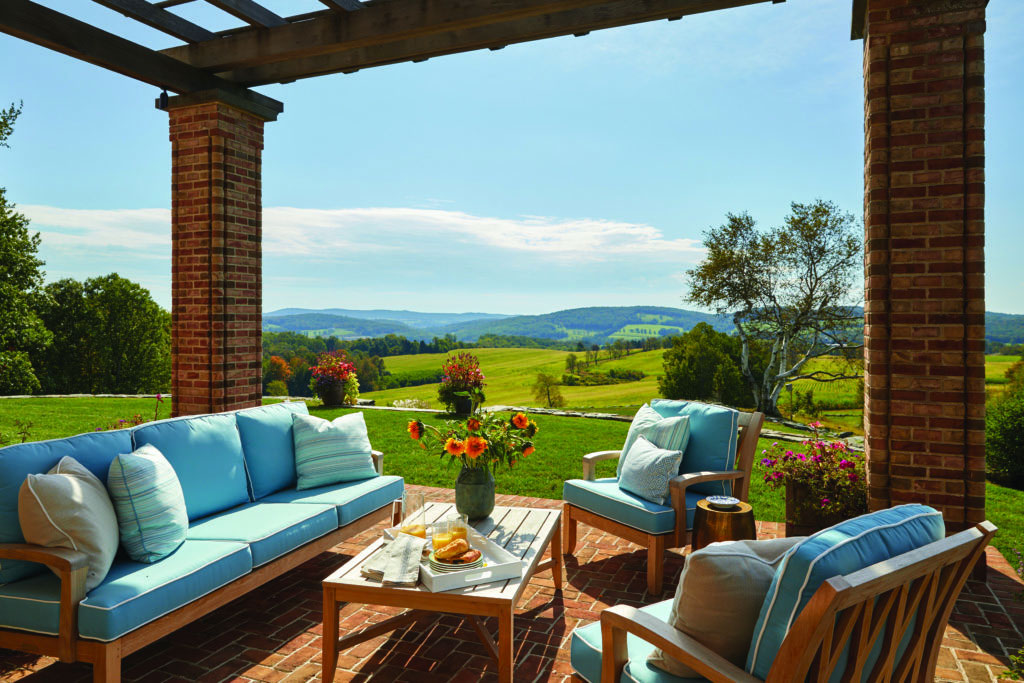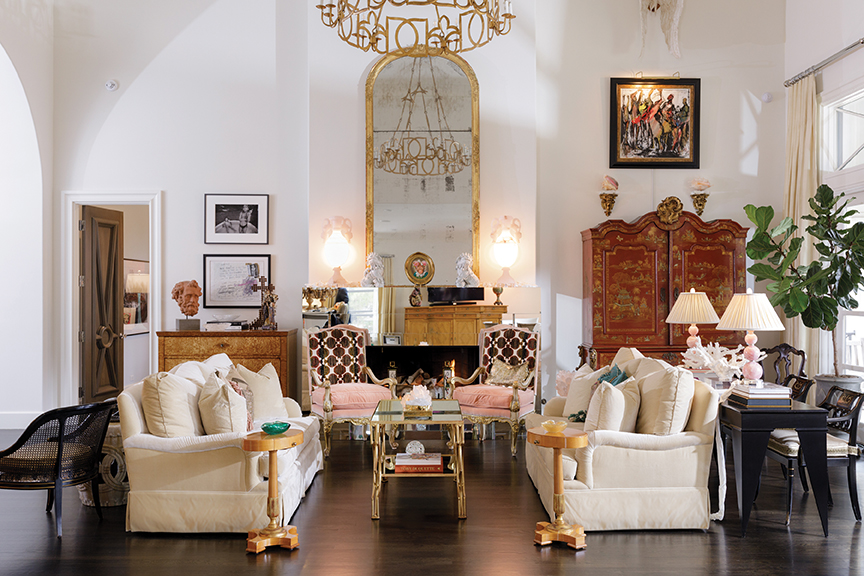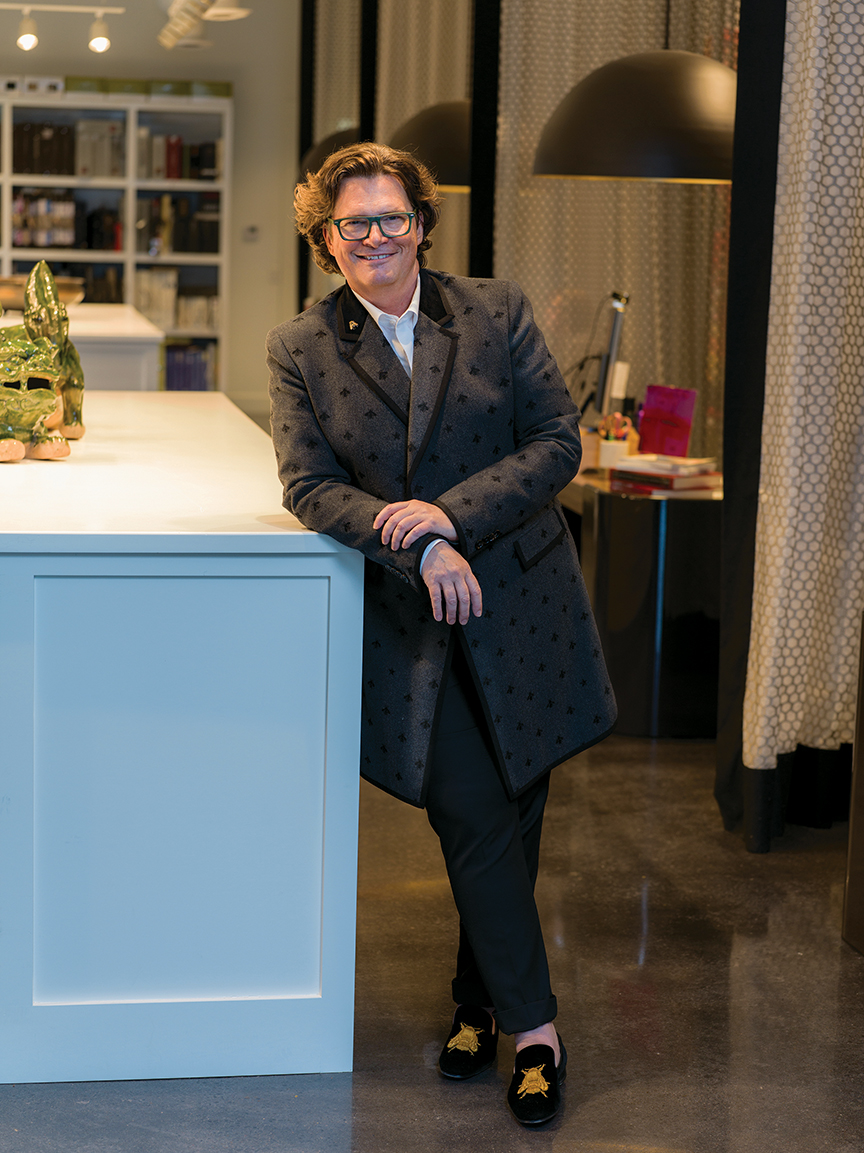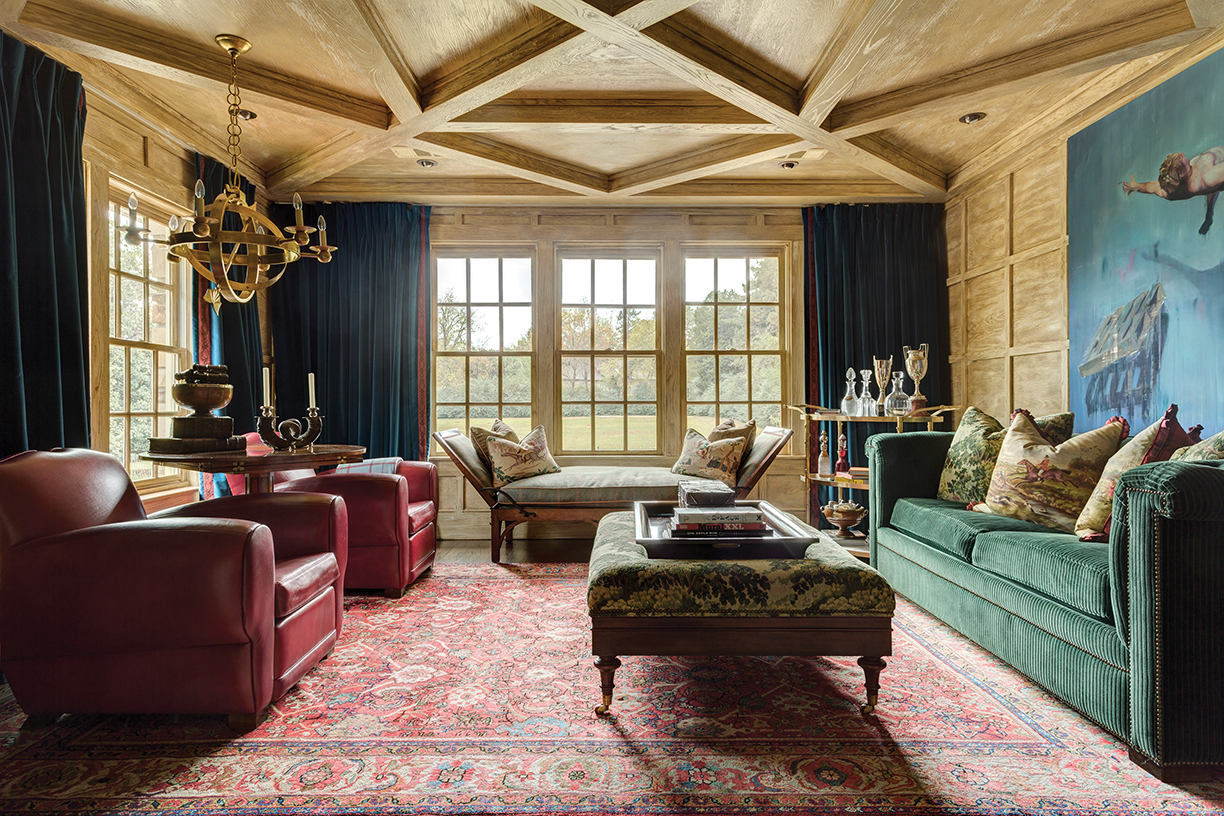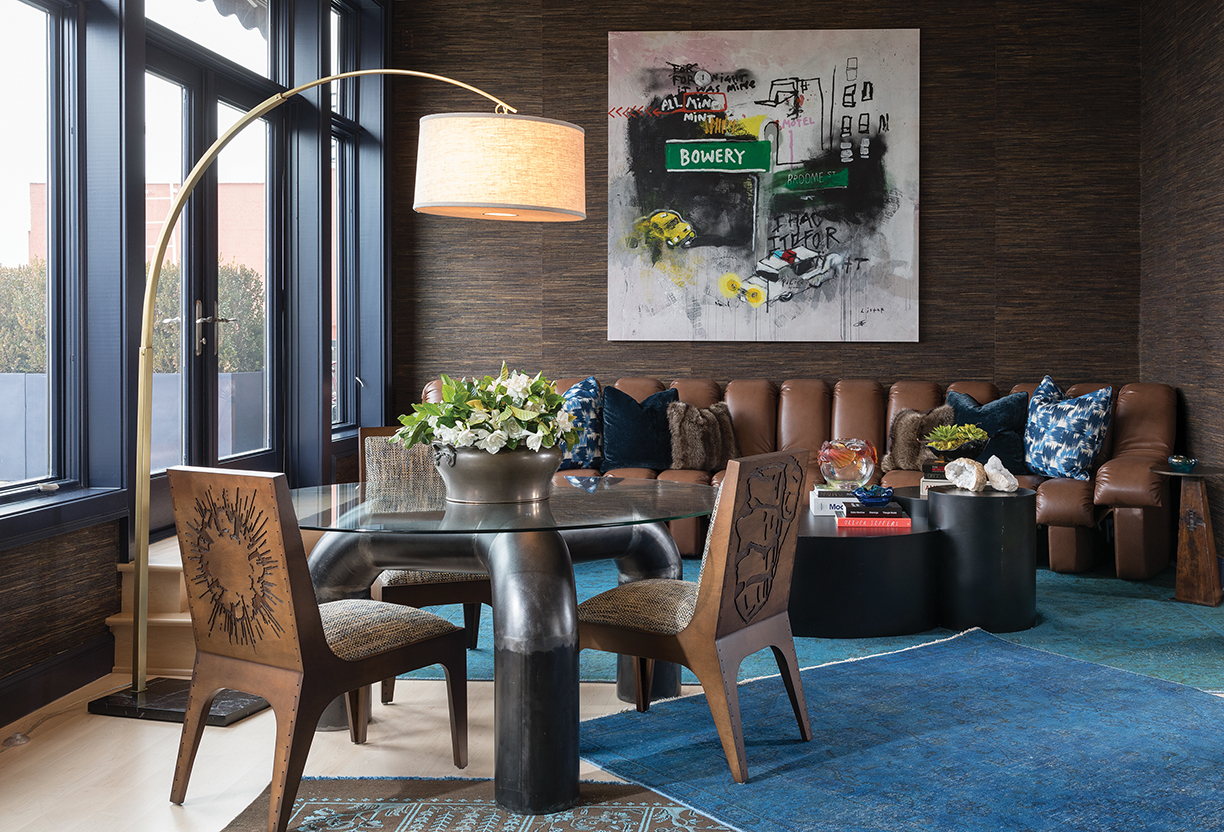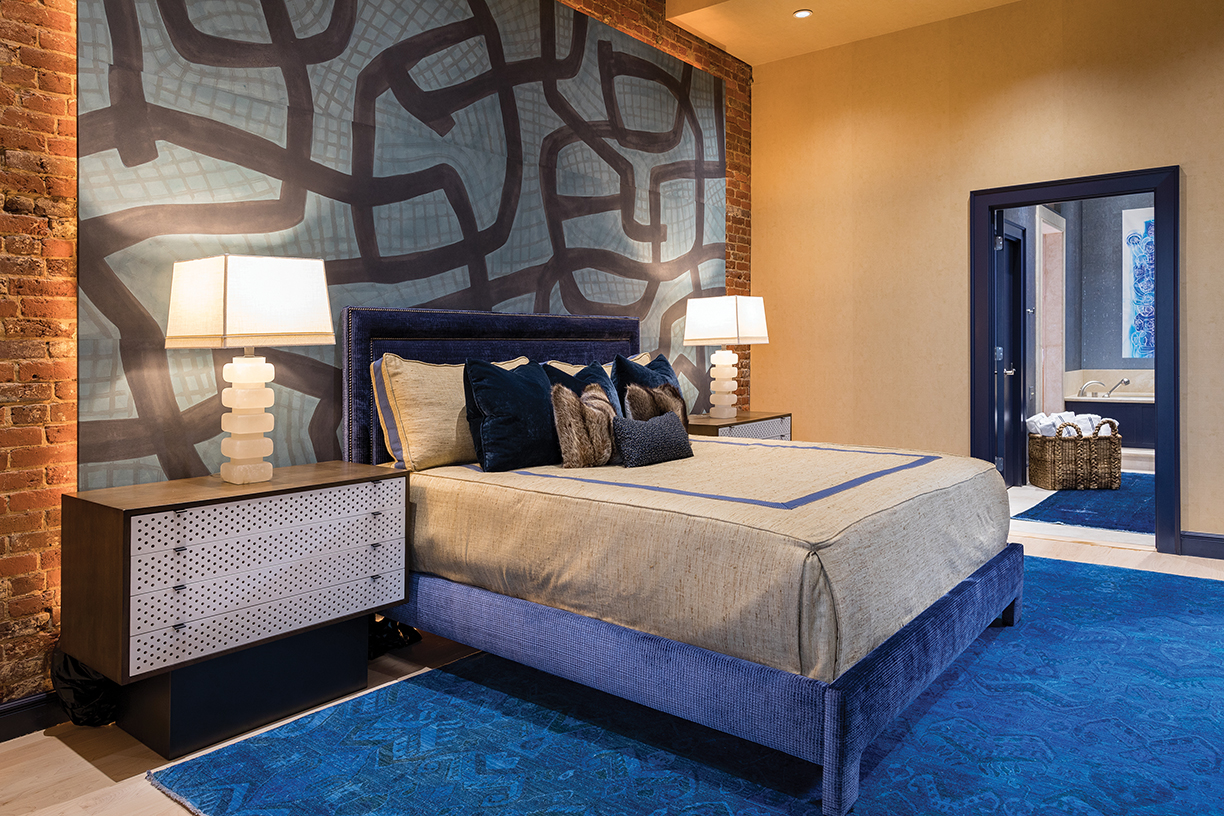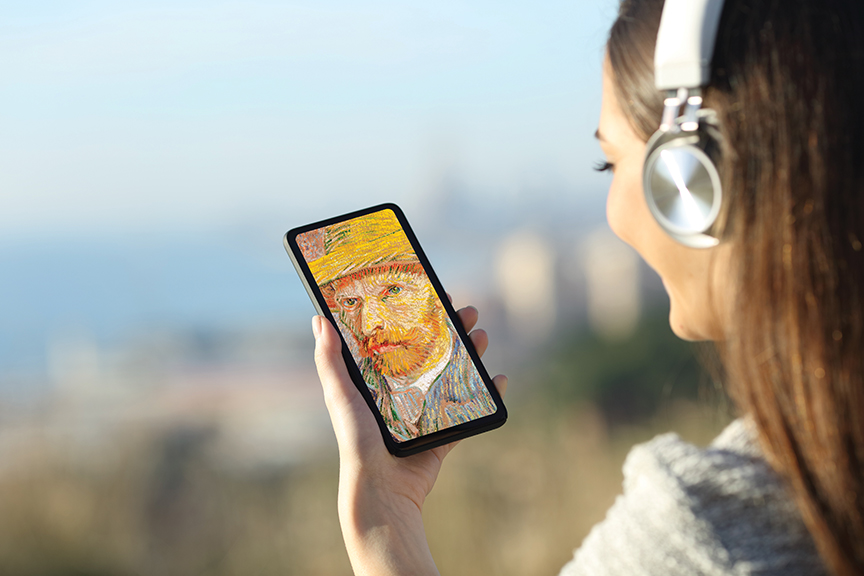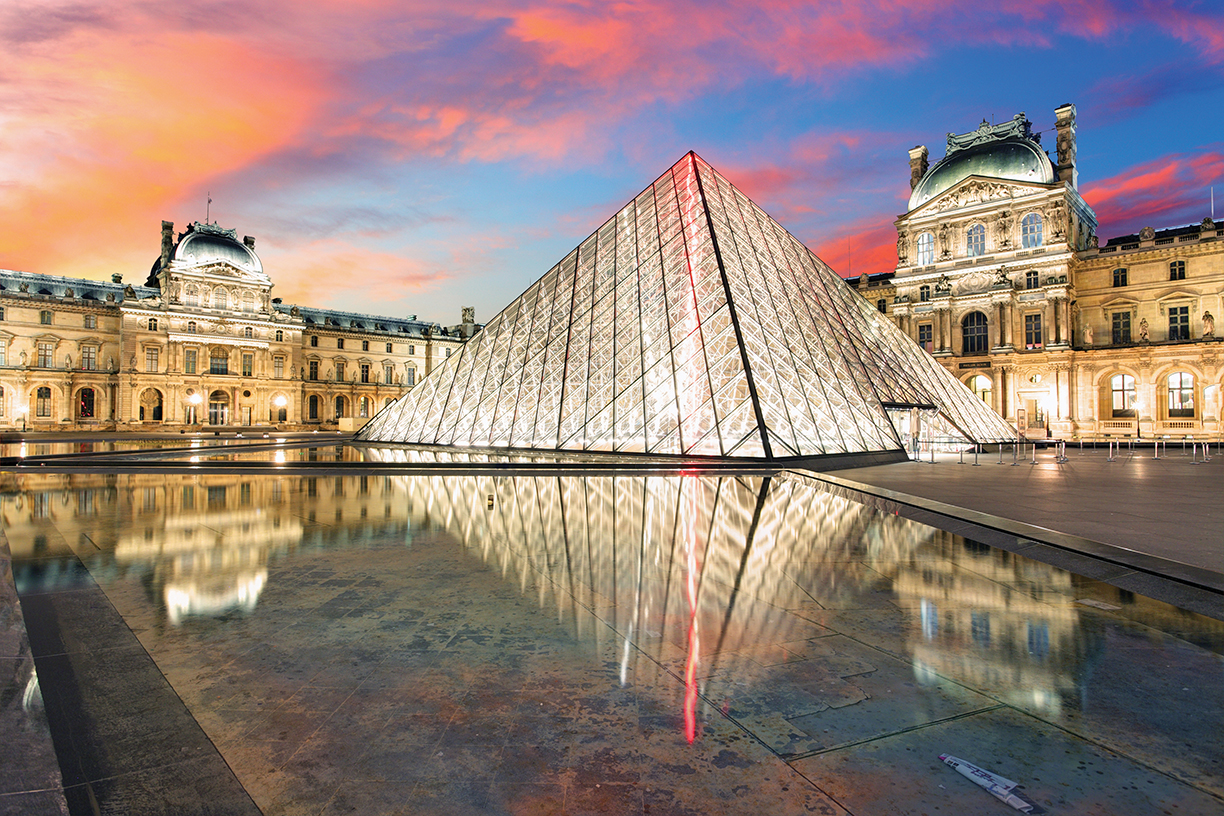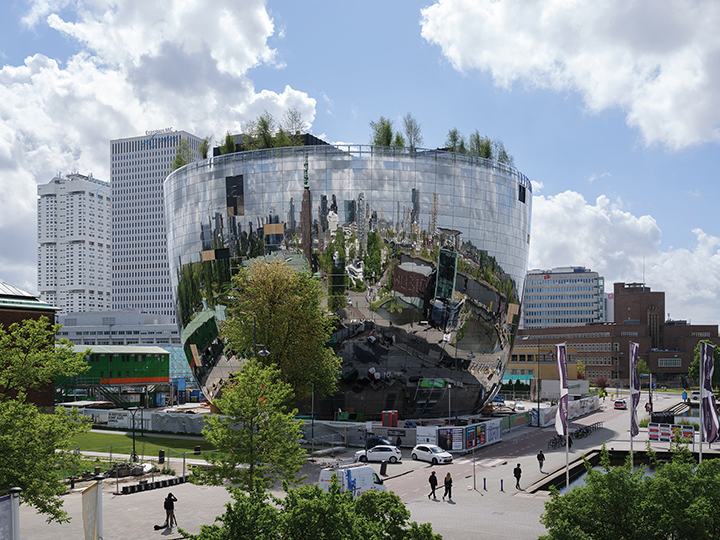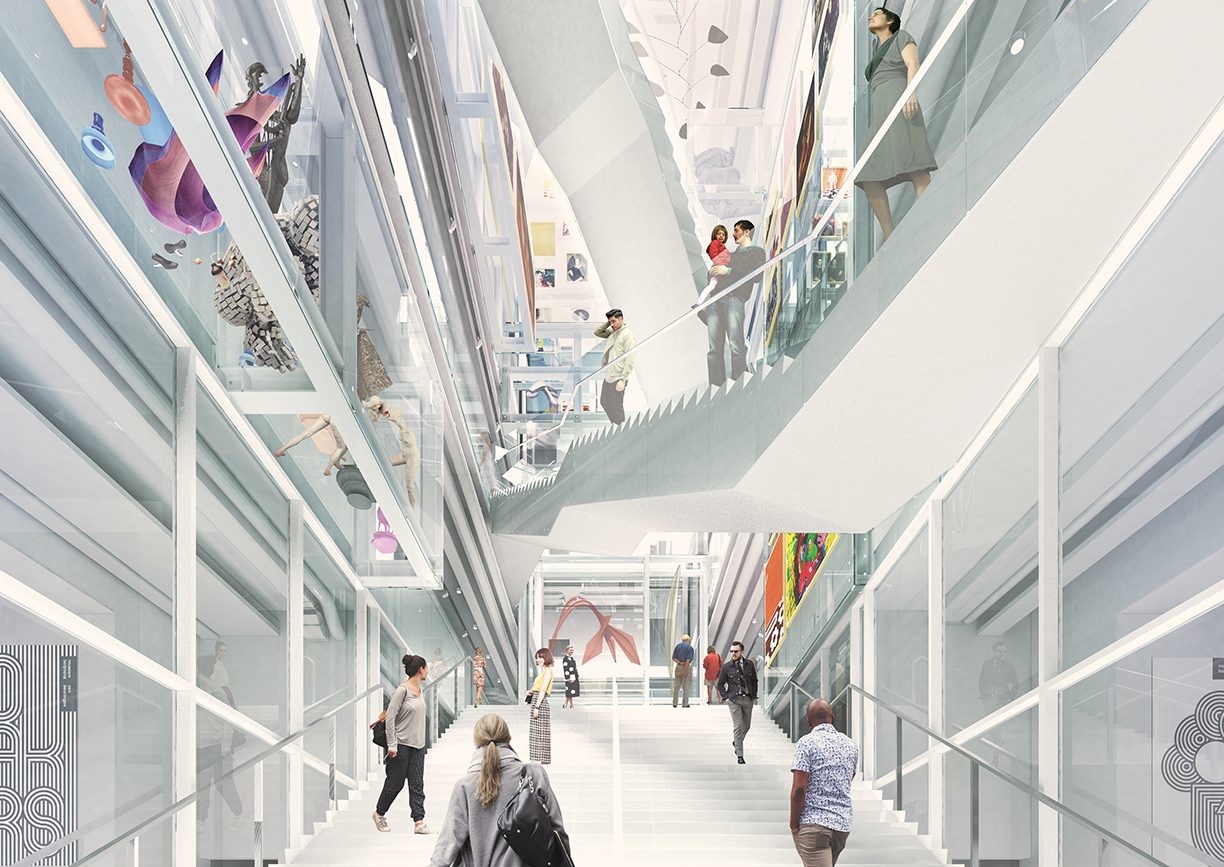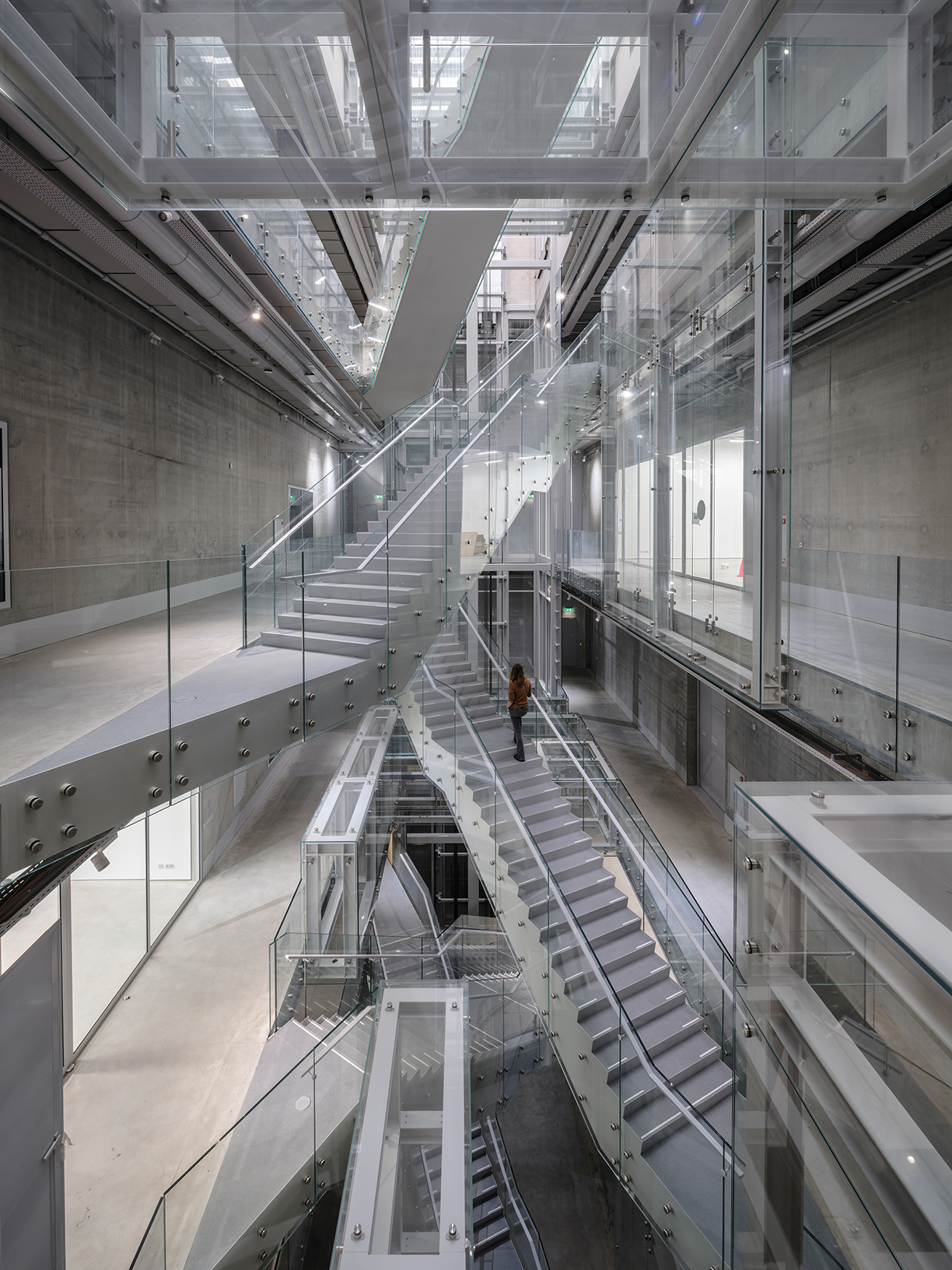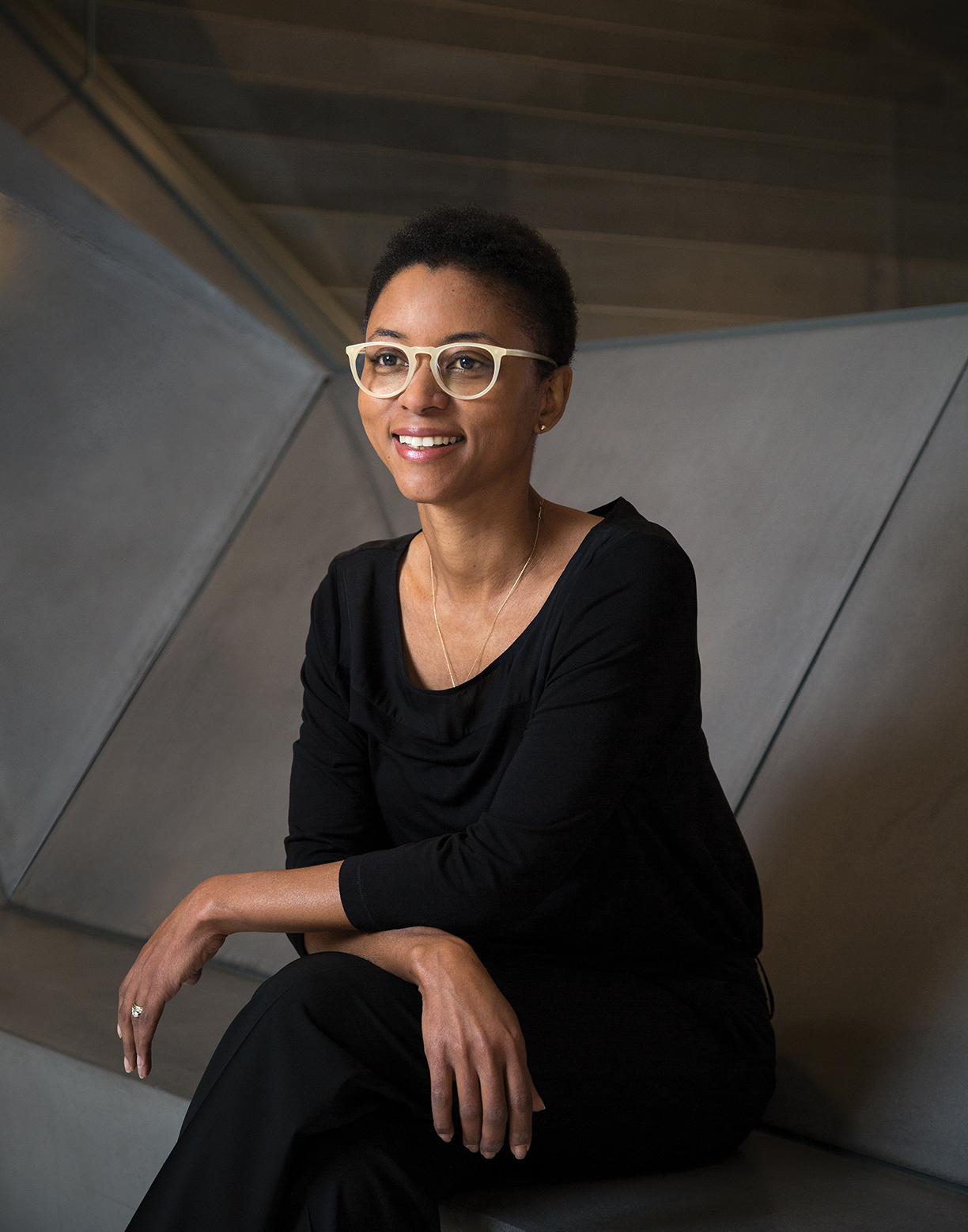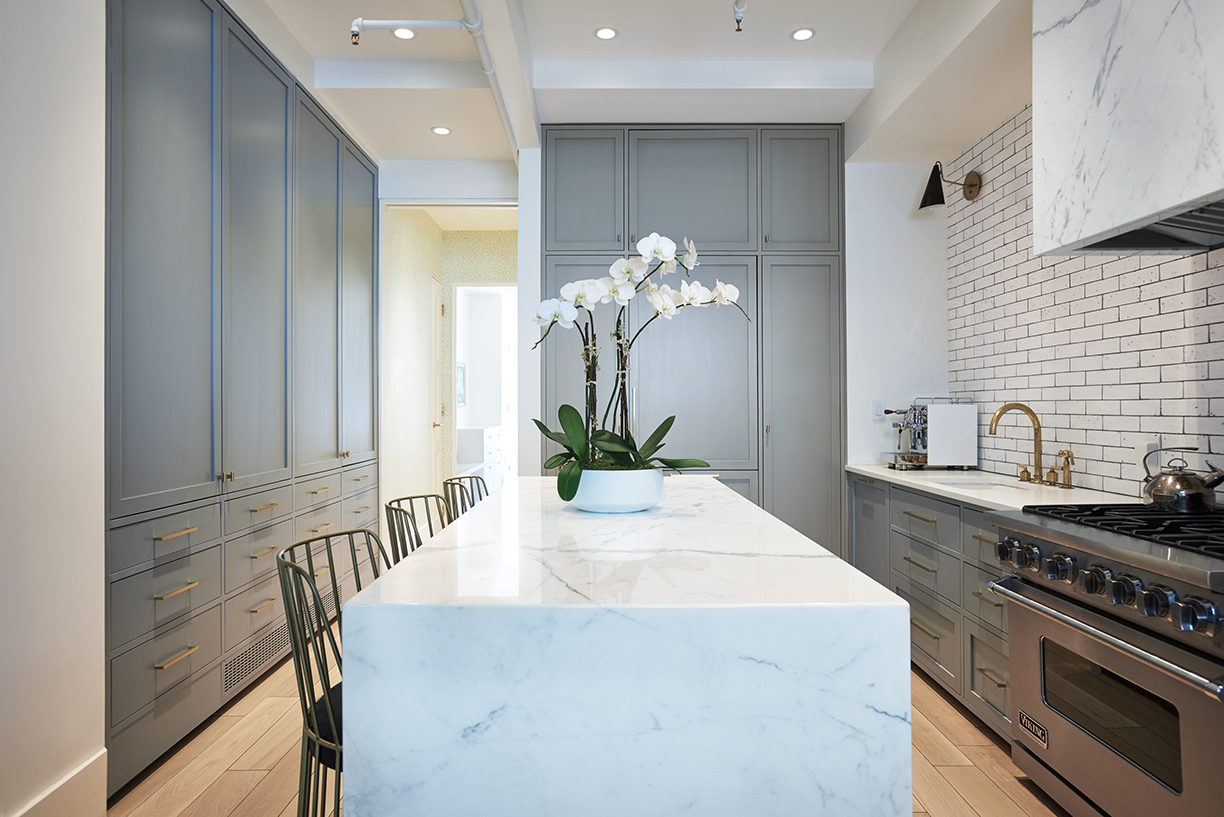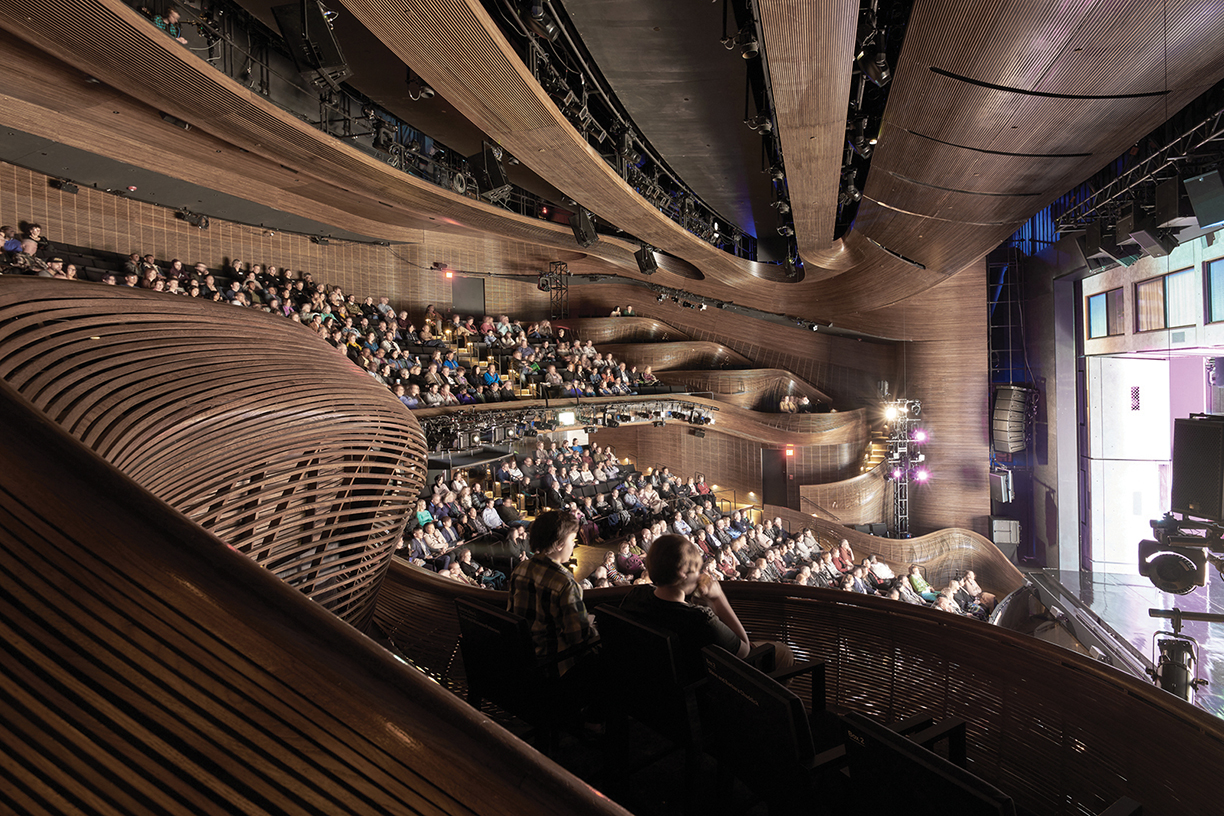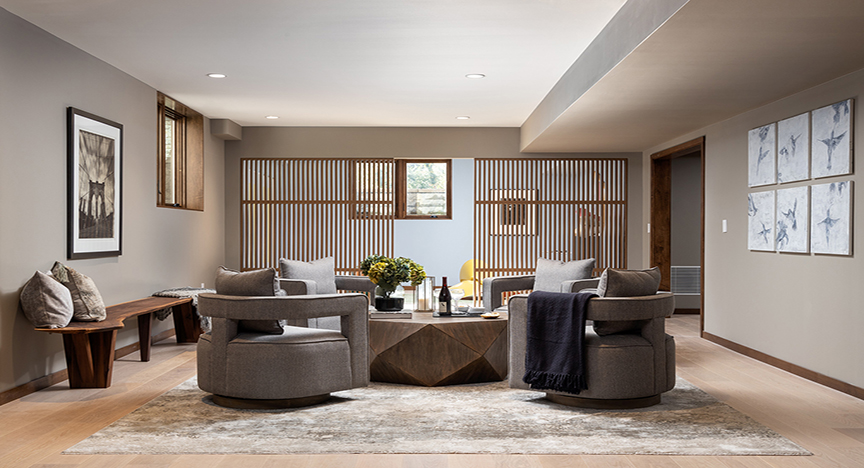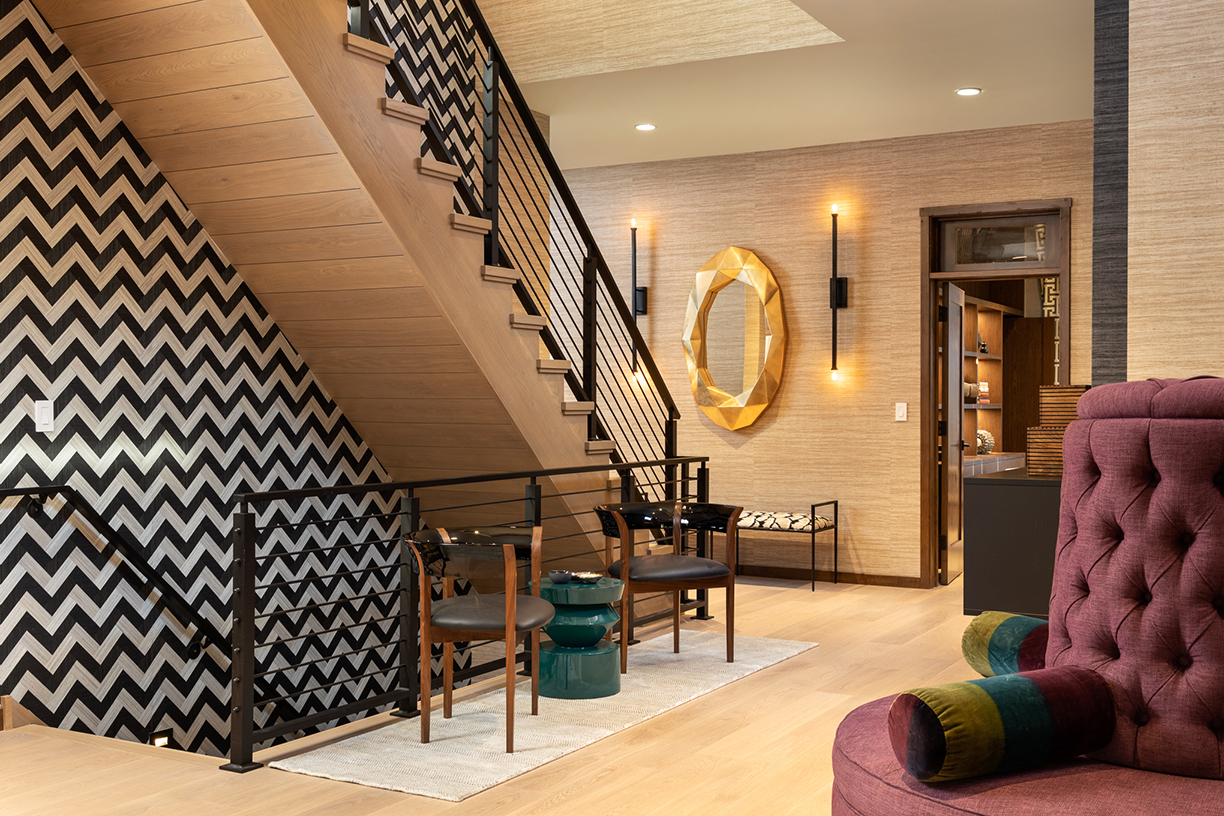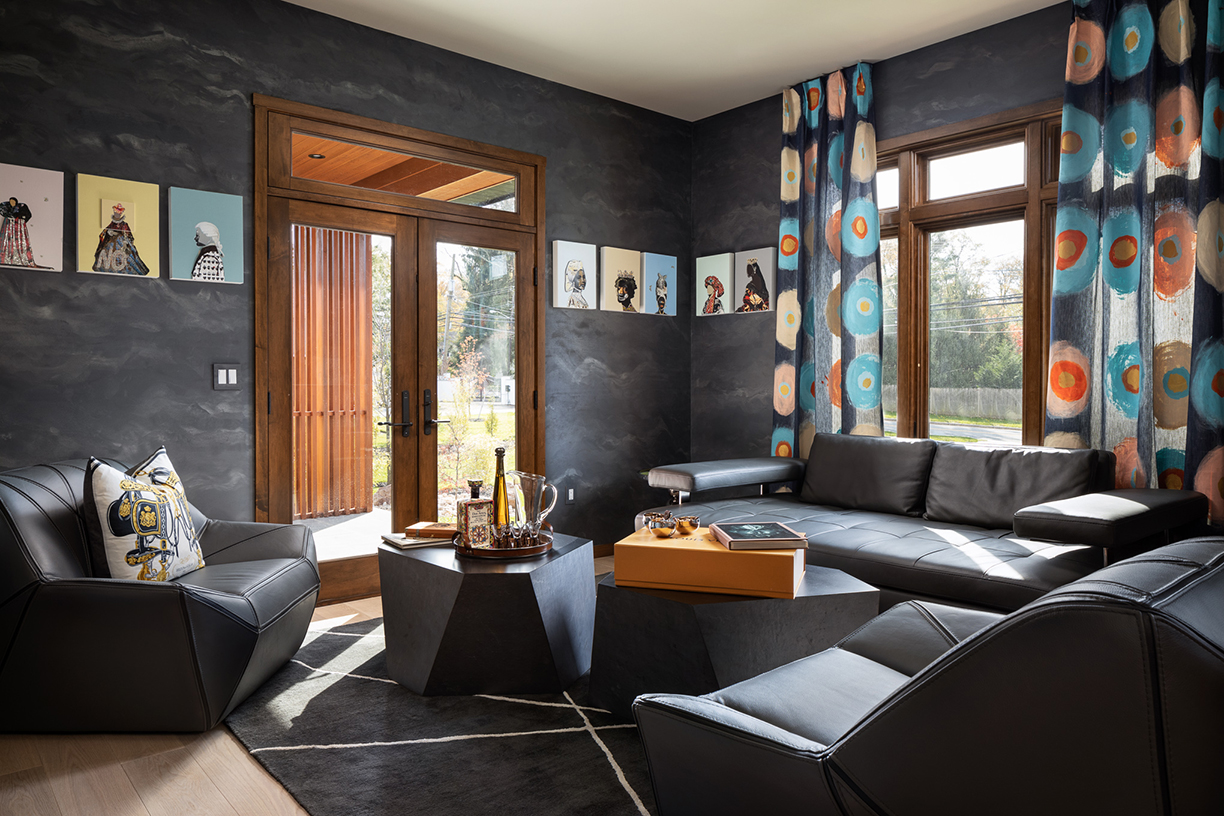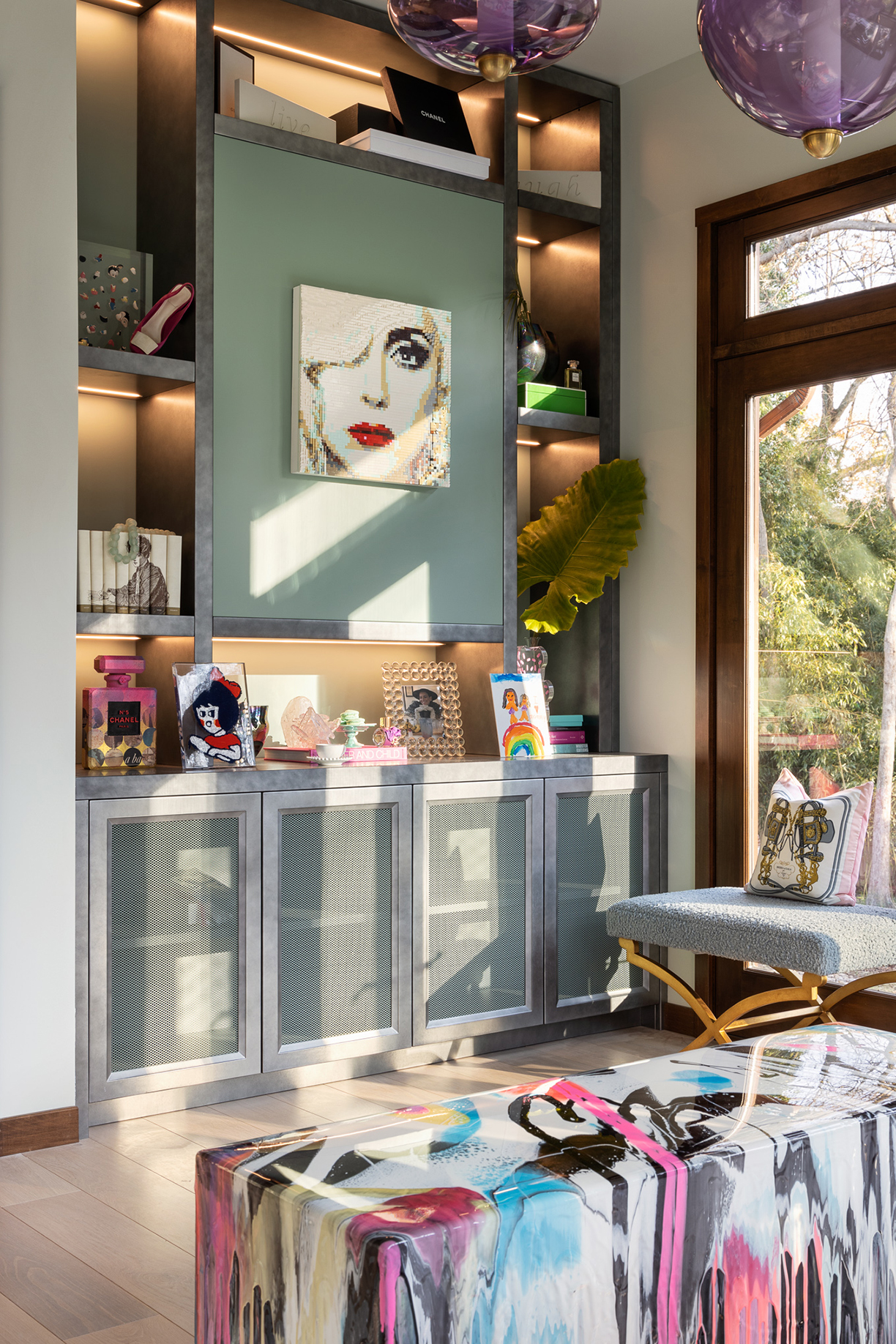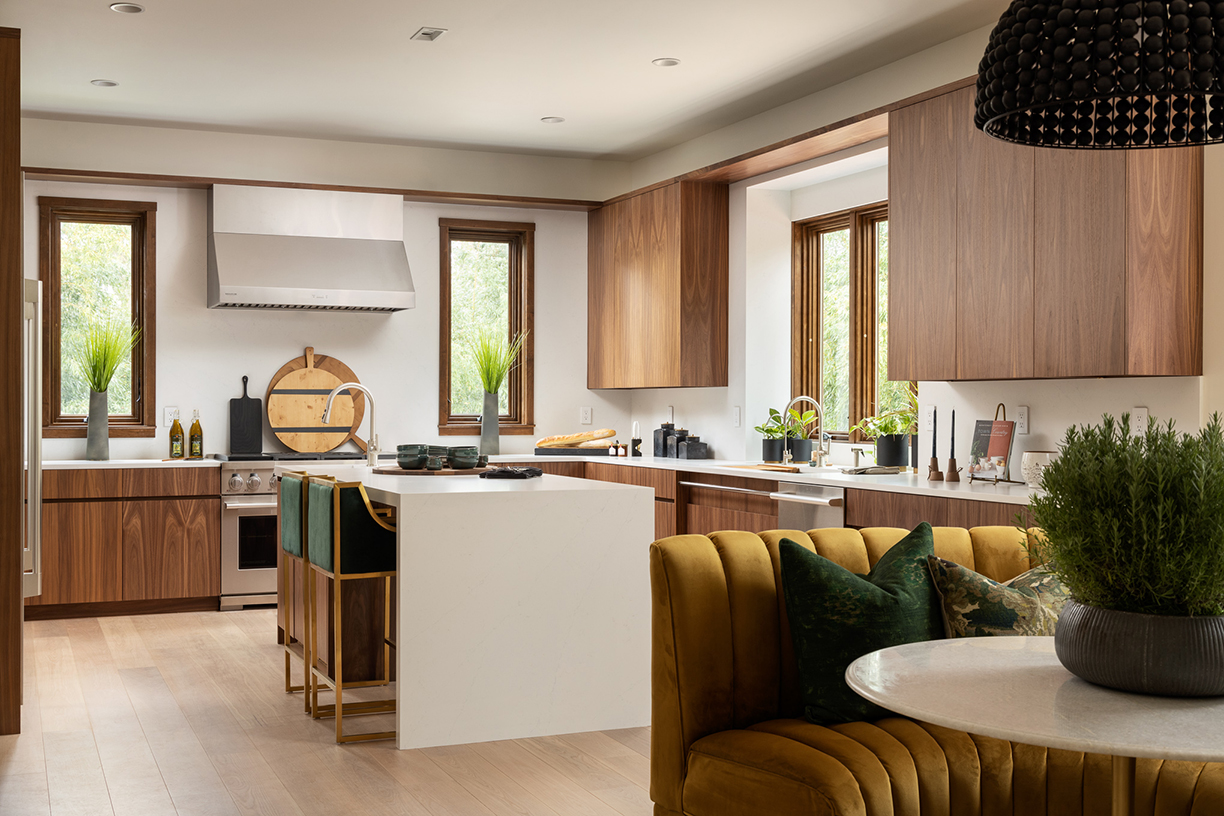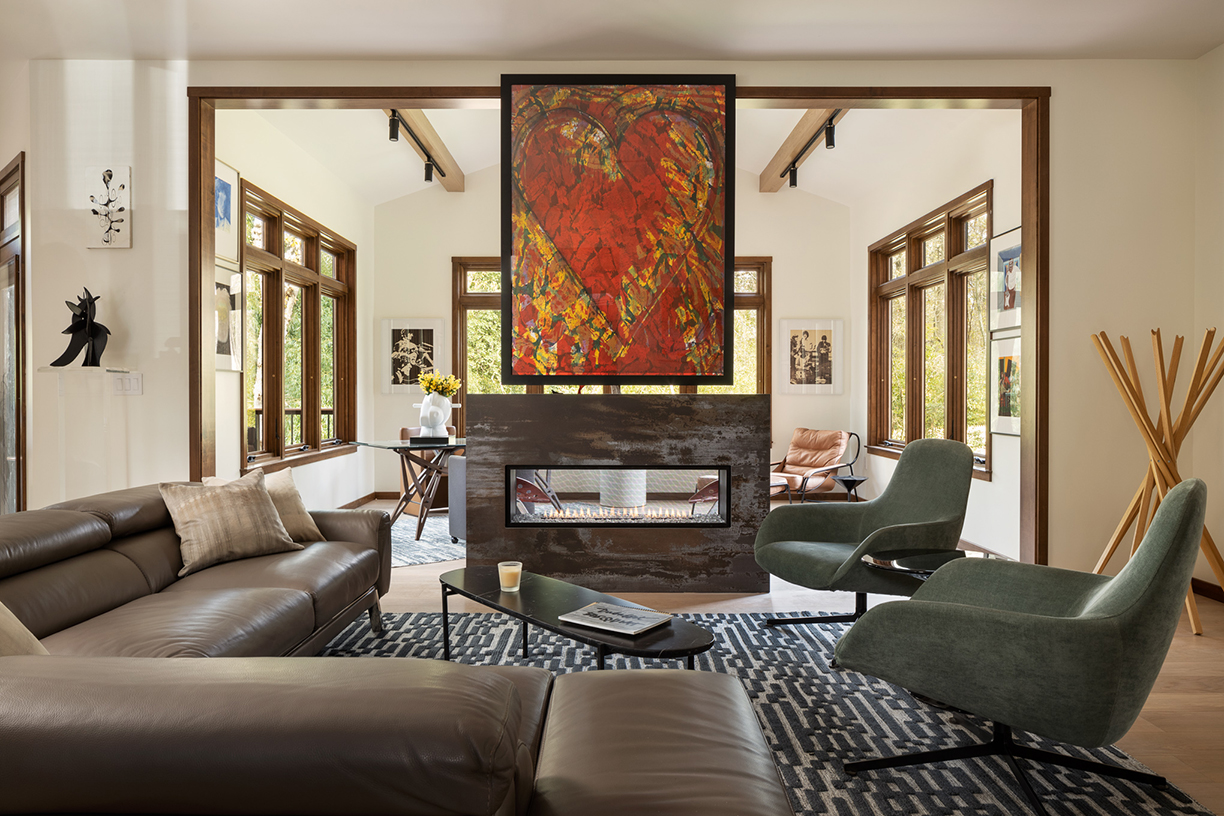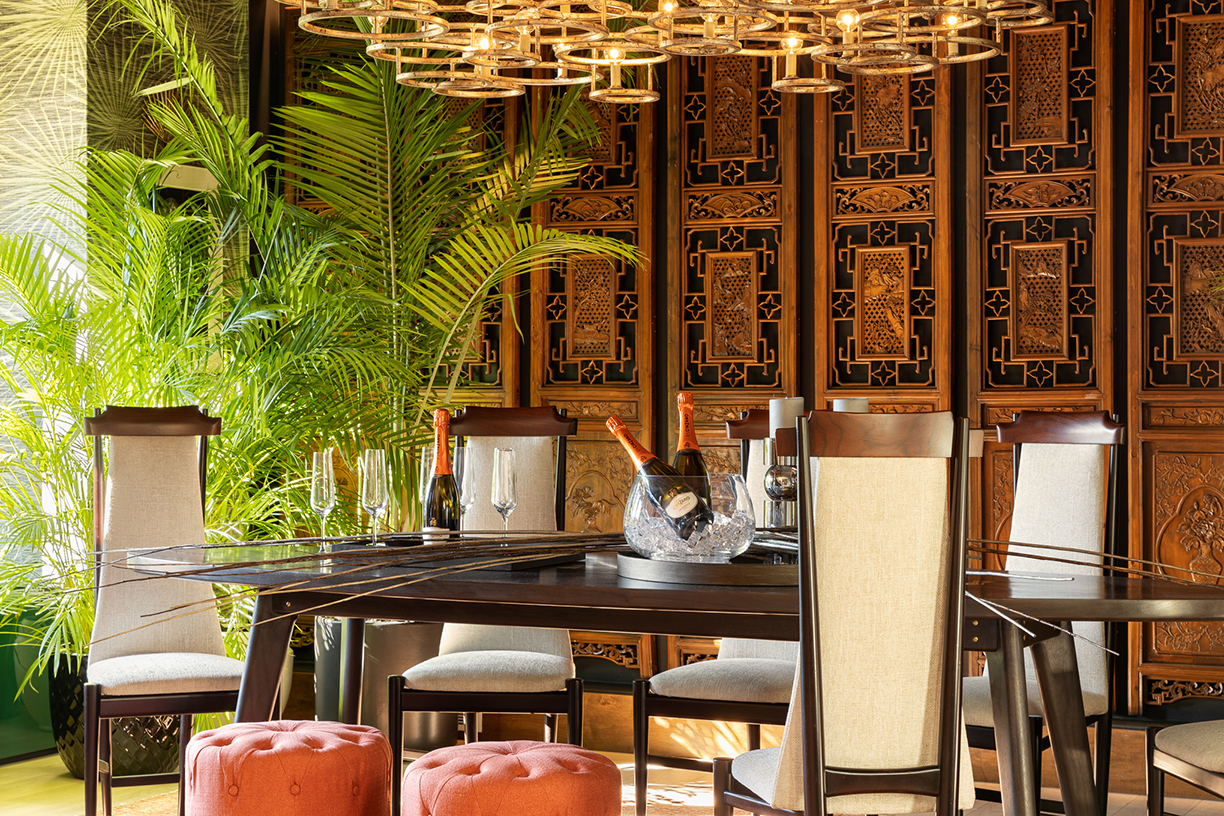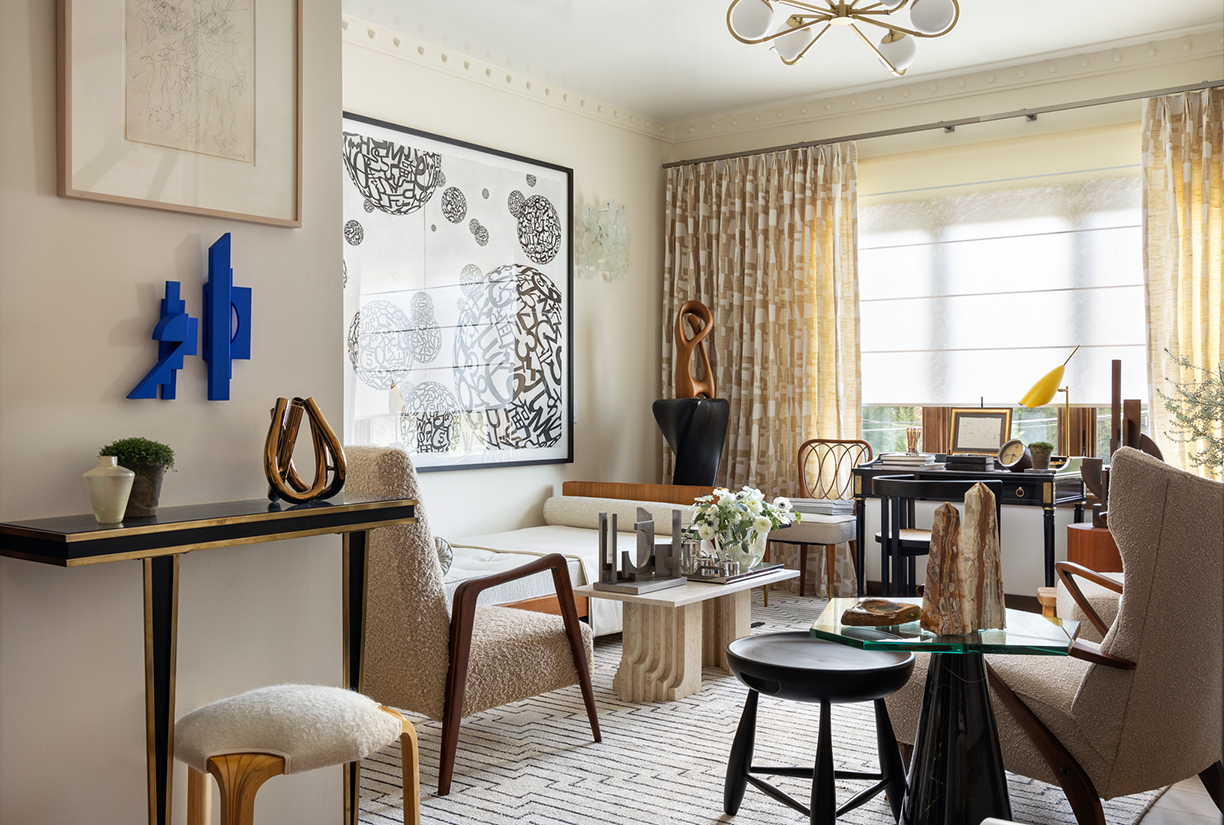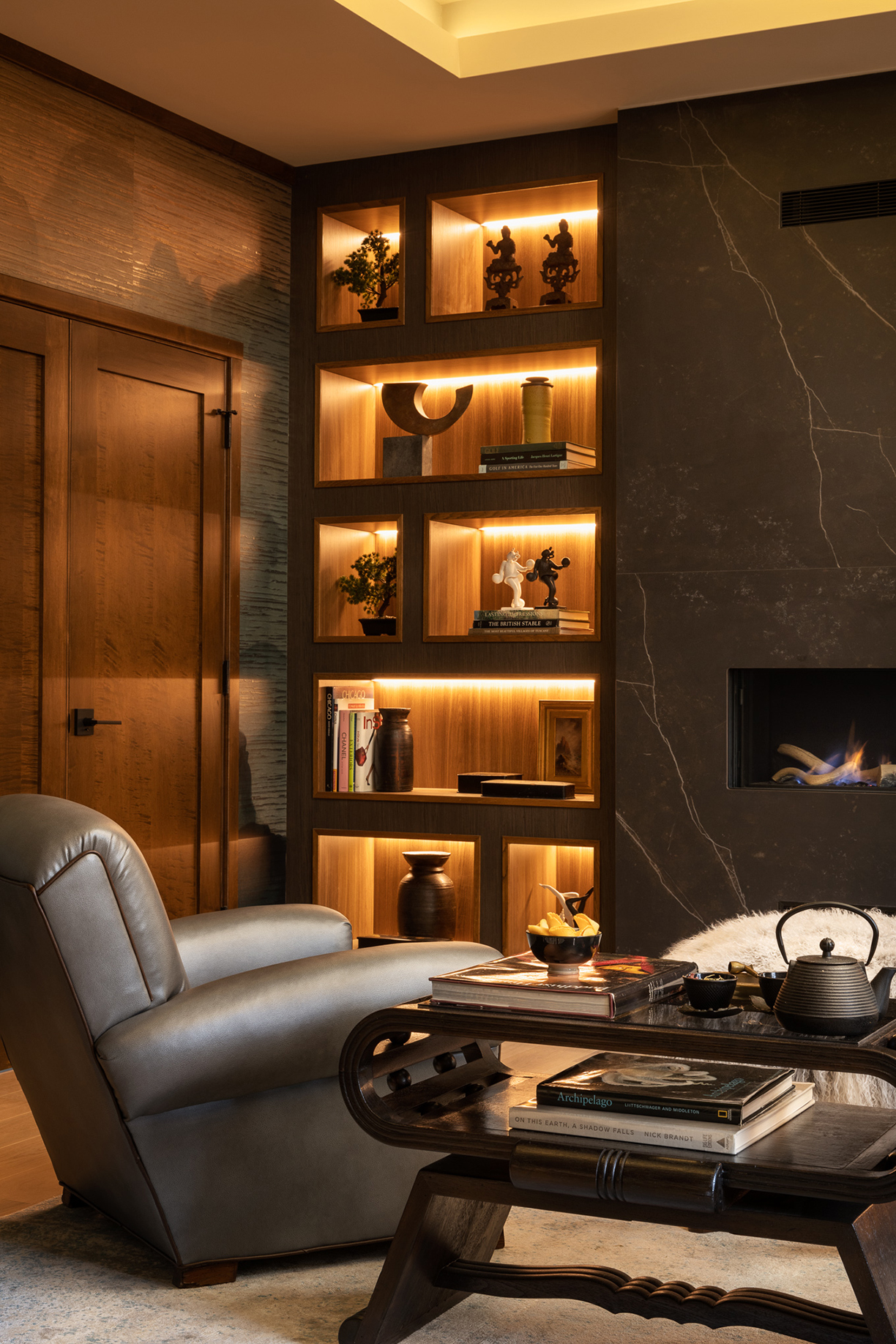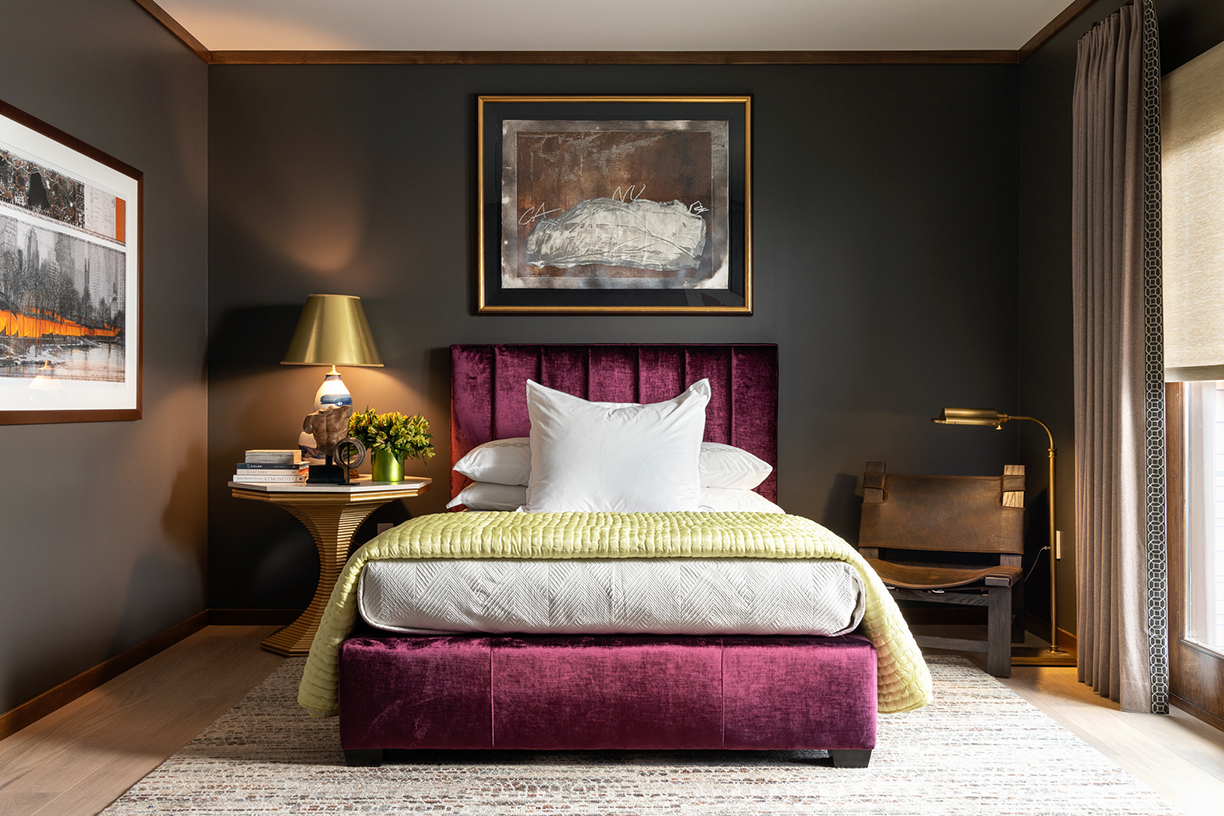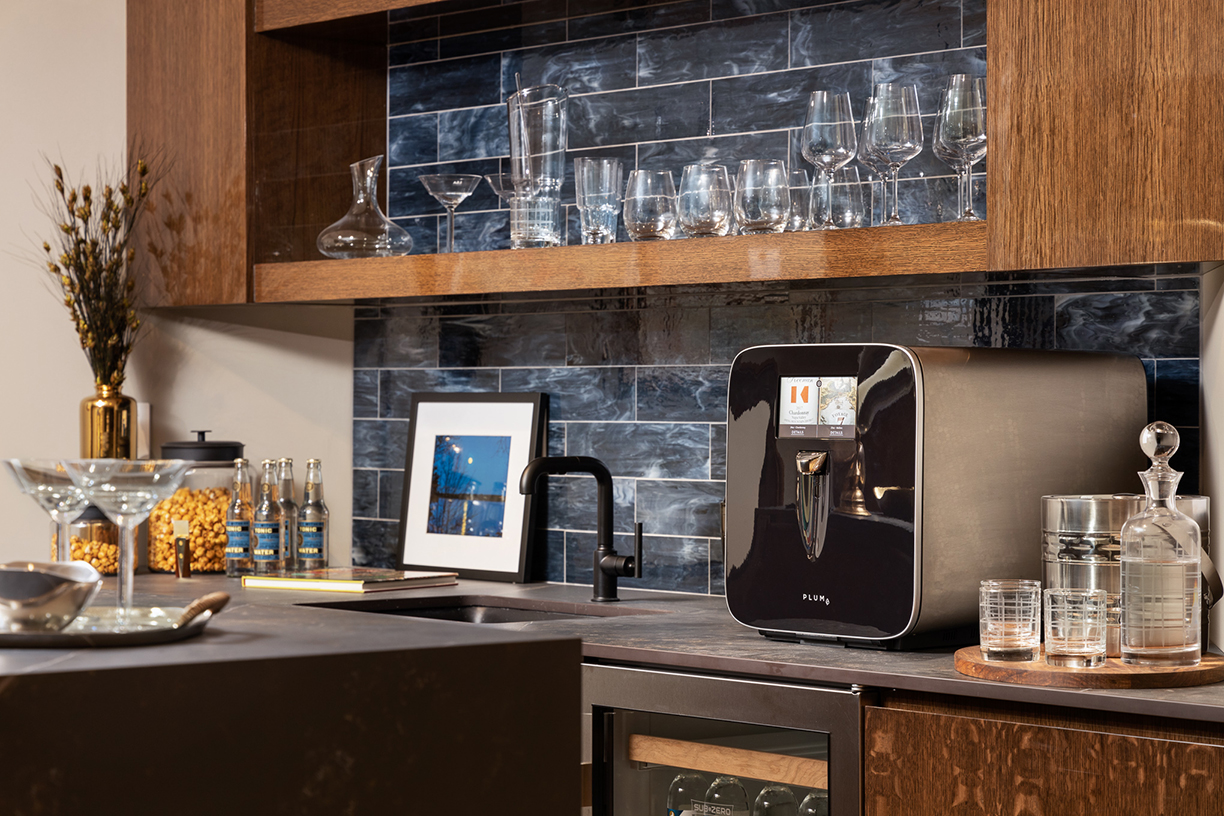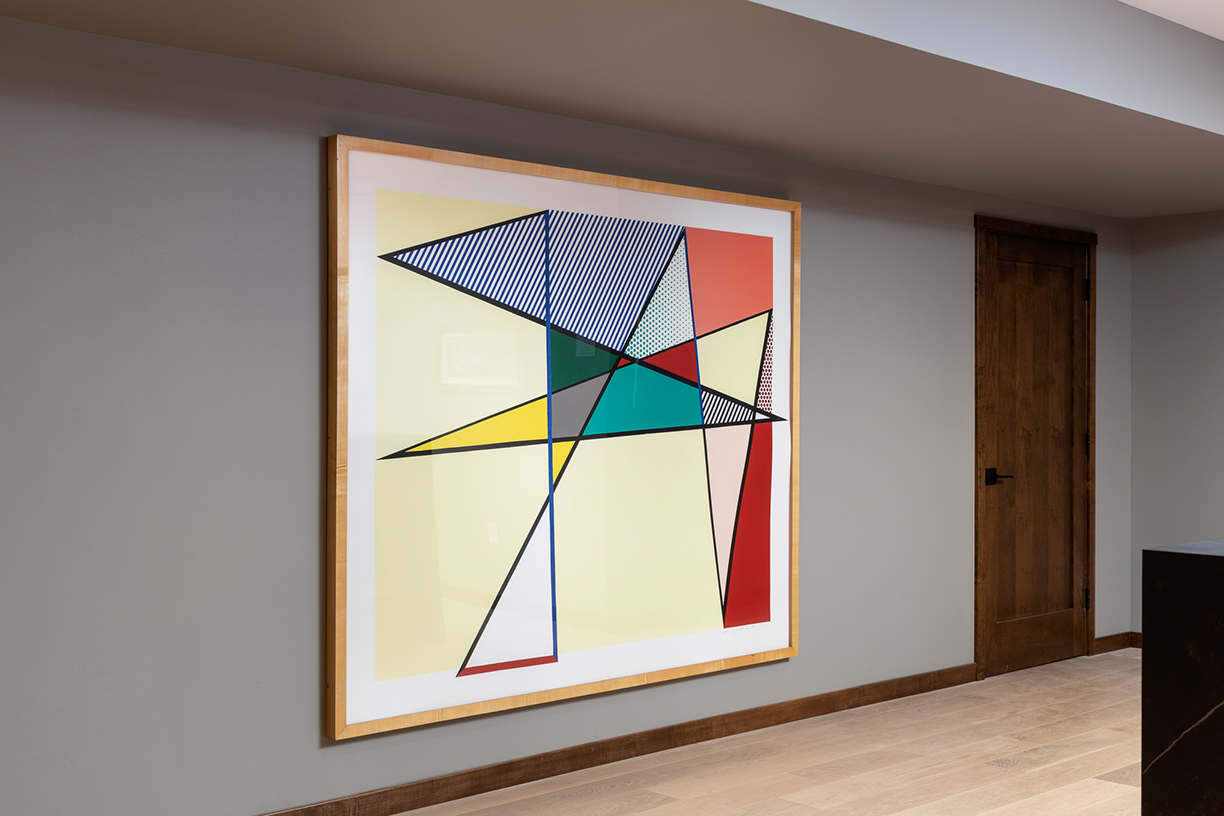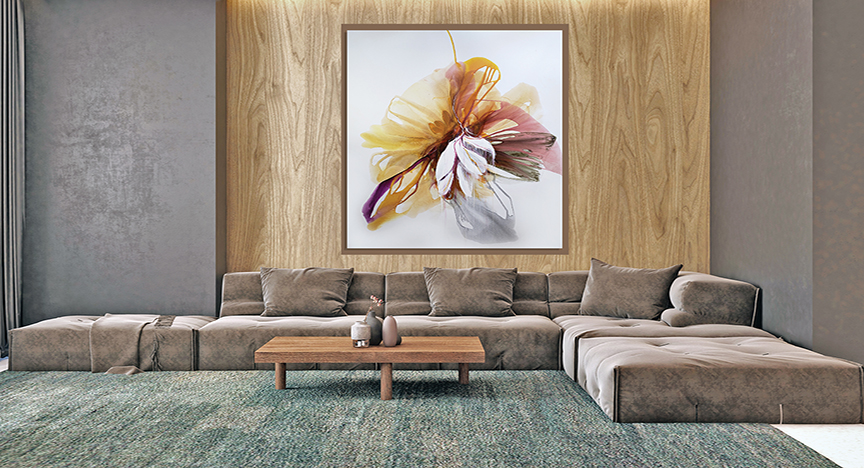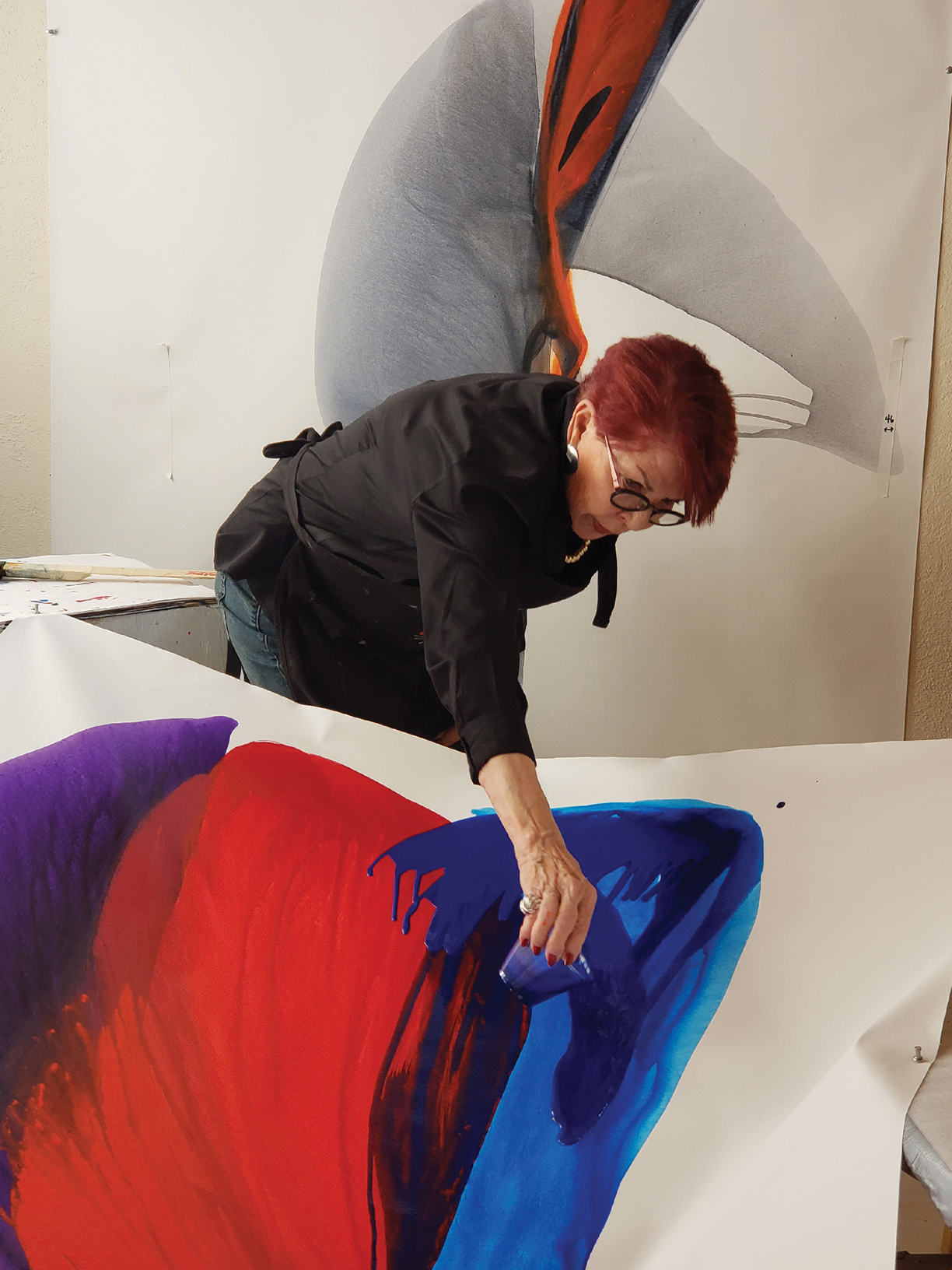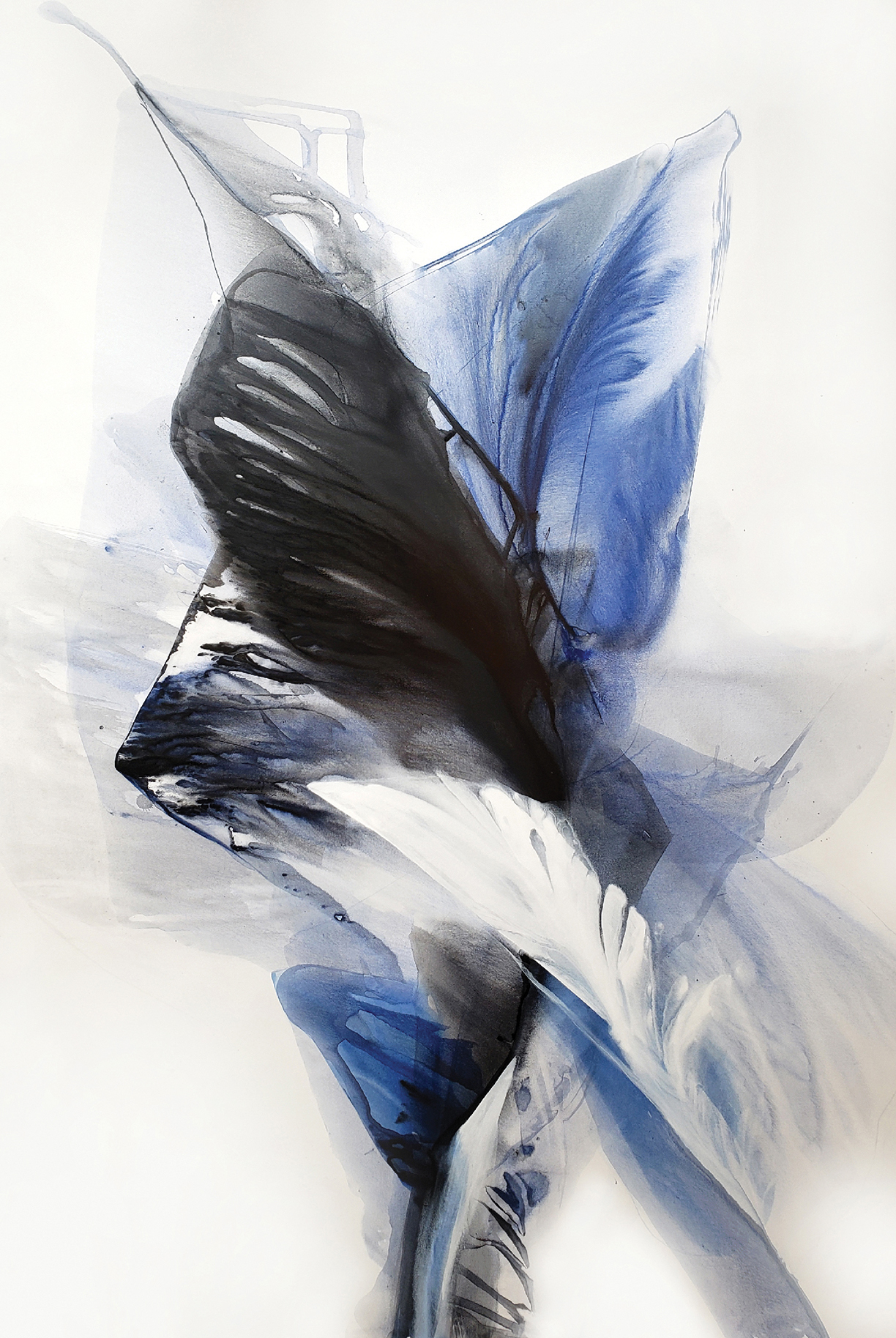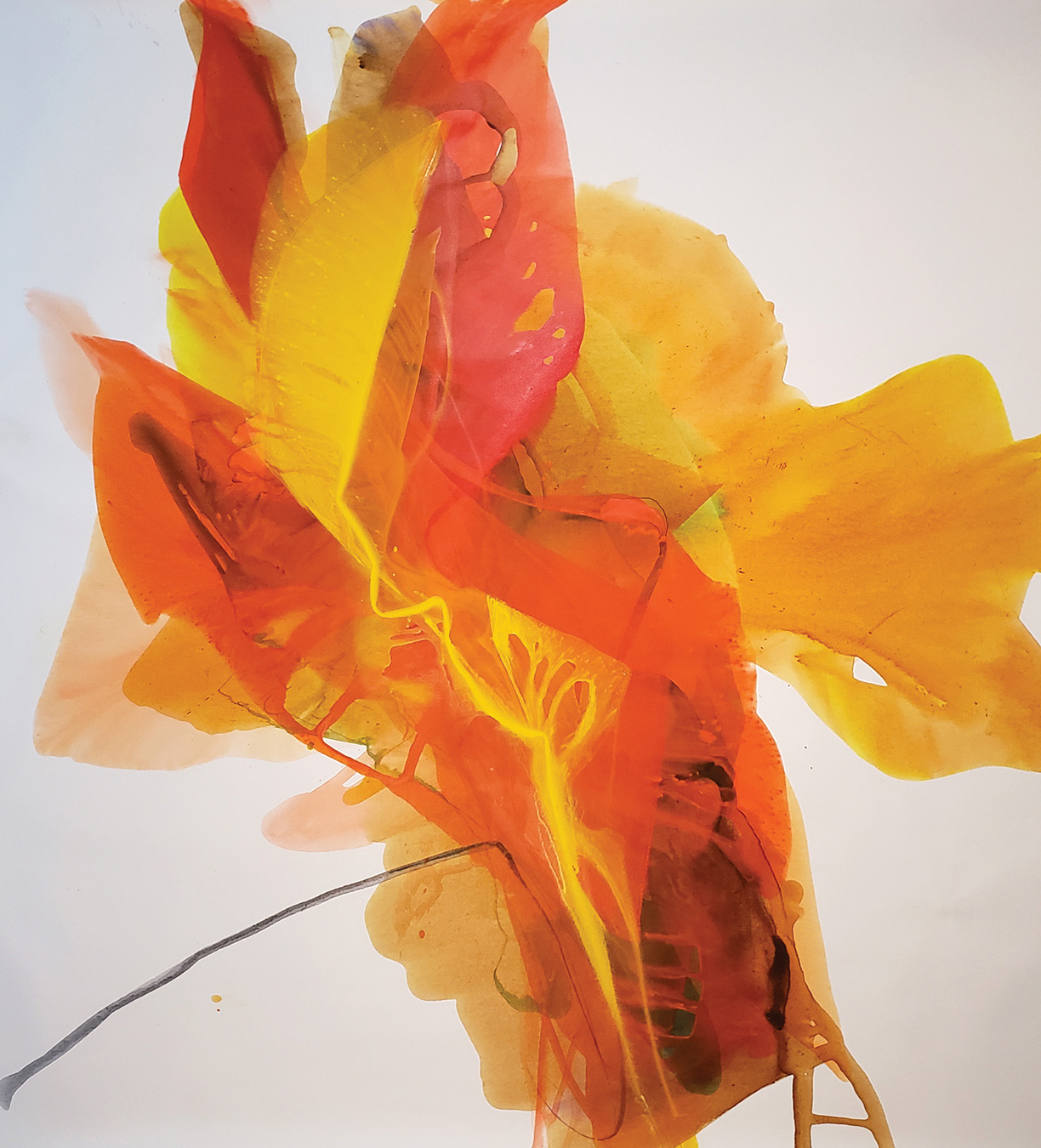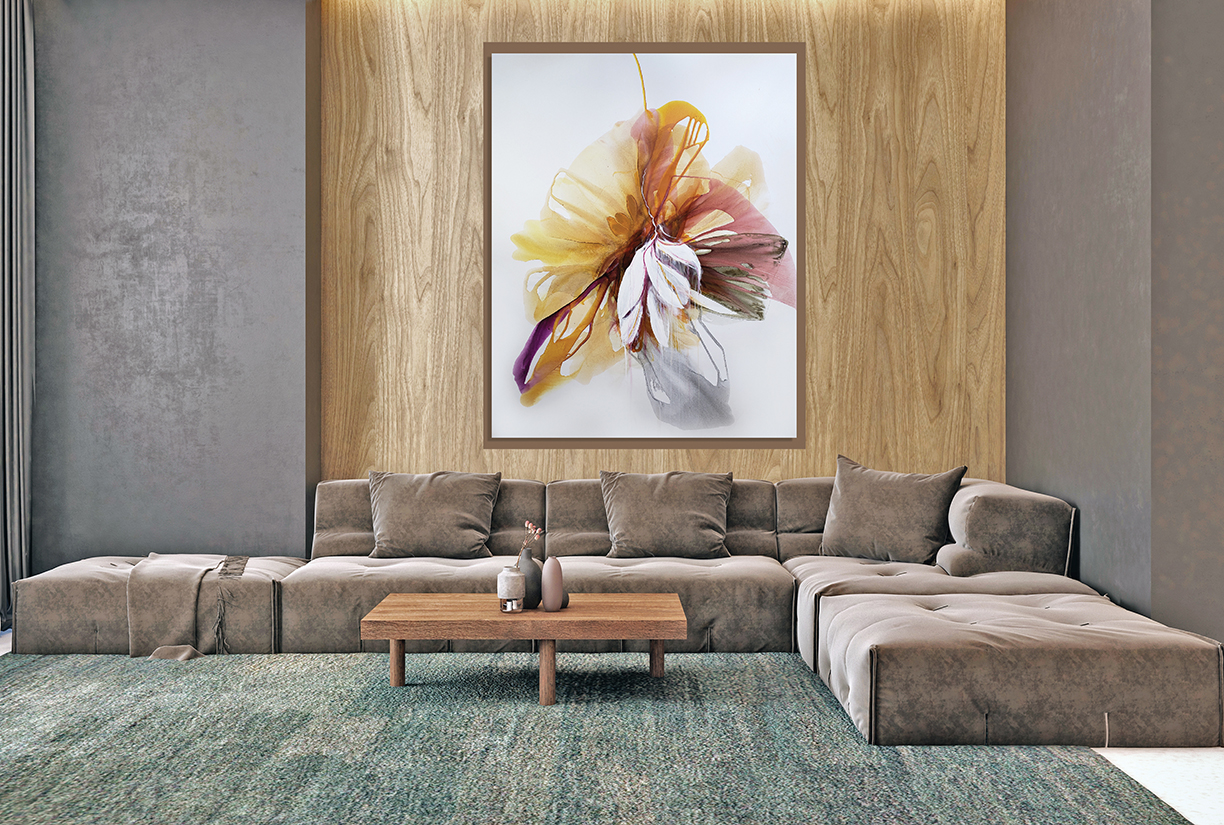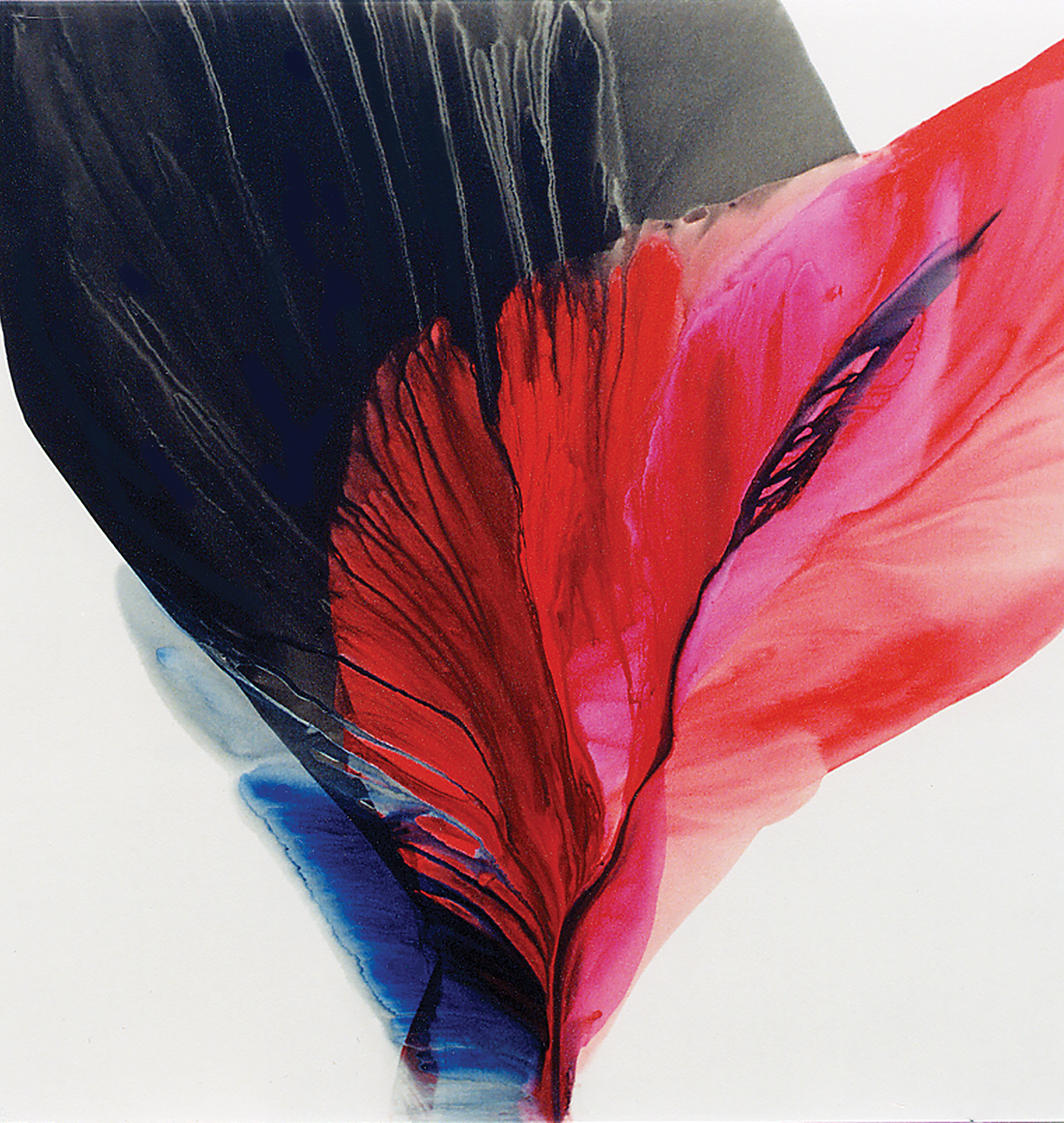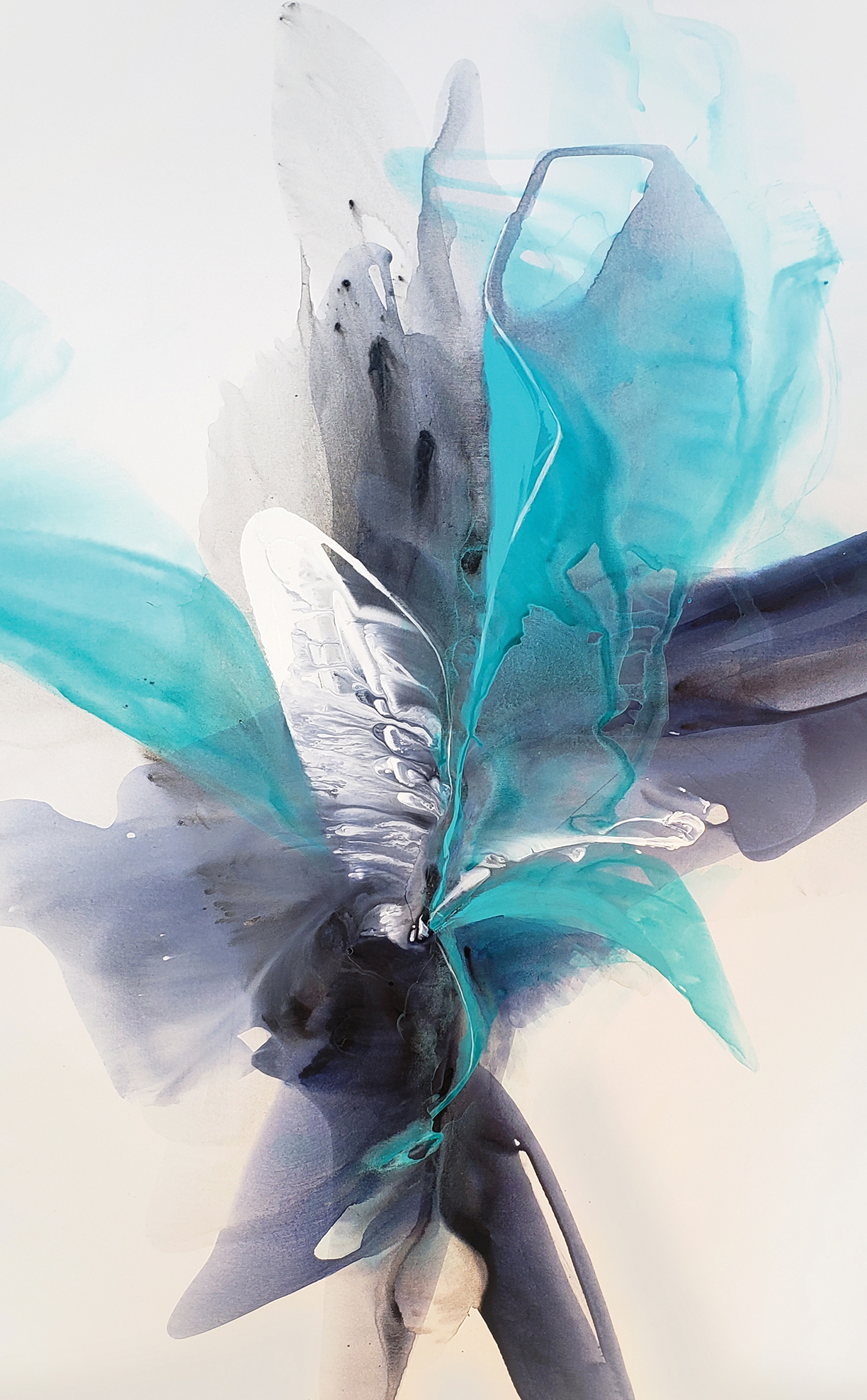By Roger Grody
The art on our cities’ streets and plazas is sometimes taken for granted, but a commitment to public art is one of America’s greatest traditions. The egalitarian concept ensures that everybody, even those who may never step into a museum, can be inspired by artistic achievement. While formal statues in town squares may be the earliest efforts, public art now encompasses contemporary murals and interactive sculptures that encourage a physical, as well as emotional, connection.
Chicago is not only the architectural capital of America — the city was shaped by masters like Frank Lloyd Wright, Louis Sullivan and Mies van der Rohe — but is arguably the epicenter of public art in America. A leisurely stroll through the Loop reveals the works of some of the very same artists showcased in the revered Art Institute of Chicago, anchoring public spaces in the shadows of famous skyscrapers.
Soaring 50 feet and weighing more than 160 tons is an untitled Pablo Picasso sculpture at Chicago’s Daley Plaza, a piece endearingly characterized as resembling a giant insect or baboon. Picasso donated the steel fabricated artwork — the eccentric artist did not specify his inspiration for the piece — to the people of Chicago in 1967 and it has become one of the city’s most iconic works of art. Among the first to depart from a historic theme, the sculpture ushered in a wave of modern and abstract expressions by other famous artists on the streets of Chicago.
Perhaps the most iconic of Chicago’s downtown sculptures is “Flamingo” by Alexander Calder, an arching 53 foot structure placed outside the Mies van der Rohe-designed Federal Center. The color of Flamingo is technically vermilion, but has become so closely associated with the commission that it is frequently referred to as “Calder red.” The sculpture has long been one of the most photographed sites in Chicago, but in the era of Instagram it has been eclipsed by Millennium Park’s “Cloud Gate.”
None of Chicago’s 20th-century monuments currently receive as much attention as Cloud Gate, the curvilinear structure by Indian-born British artist Anish Kapoor, dedicated in 2006. The 110-ton, highly polished steel sculpture — people are allowed, even encouraged, to touch — captivates visitors walking around and under it as the Chicago skyline is reflected in its elliptical form. “Cloud Gate, affectionately called ‘The Bean,’ is a great example of a wildly popular public artwork,” reports professor Erika Doss of the University of Notre Dame, an authority on public art in America. “Why do people love it? Because they can play with it, use it for photo ops and wonder how it was made, why it’s so shiny,” explains Doss, who admits visiting the site many times herself.
Lydia Ross, the city’s acting director of public art, reports that Chicagoans’ embrace of public art runs much deeper than those world-famous sculptures. In addition to Chicago’s celebrated downtown public art, handsomely funded by corporations, there is a vibrant public art culture driven by social consciousness in the city’s less glamorous neighborhoods. “Chicago is a city that supports public art, and local artists are committed to creating a better and more just world,” says Ross of two parallel but equally significant public art movements.
Despite the Windy City’s riches, New Yorkers will not concede public art supremacy to Chicago, as the streets of the Big Apple are filled with both historic and contemporary pieces of engaging, sometimes interactive art. Enduringly popular is the 1989 “Charging Bull” statue by Arturo Di Modica in the financial district, literally a metaphor for the stock market, while sculptor Kristen Visbal’s more recent “Fearless Girl” near the New York Stock Exchange is an homage to female empowerment.
Public art in New York’s Zuccotti Park includes “Red Cube” by sculptor Isamu Noguchi and Mark di Suvero’s towering “Joie de Vivre.” Near the Museum of Modern Art sits “Love,” the instantly recognizable piece by Robert Indiana, while modern artist Jeff Koons’ distinctive “Balloon Flower (Red)” sits in the hallowed shadows of the World Trade Center. Engineer Gilmore D. Clarke’s “Unisphere,” a nostalgic remnant of the 1964 World’s Fair in Queens, is monumental, eclipsed only by New York City’s preeminent piece of public art: the Statue of Liberty.
One of New York’s most prominent and controversial modern works of public art is “Vessel” at Hudson Yards, an intricate structure of interlocking stairways completed in 2019. With approximately 150 flights of stairs (2,500 total steps), it creates an imposing, beguiling centerpiece to the ambitious $25 billion mixed-used development. Conceived by British designer Thomas Heatherwick, Vessel remains closed until new safety measures can be incorporated into the 150-foot-tall structure, but it remains a striking piece of visual, if not interactive, art.
The value of public art installations in open spaces was heightened during the pandemic, according to the Public Art Fund, a nonprofit dedicated to bringing art to wide audiences in New York City. “The pandemic has highlighted our shared outdoor spaces as essential community resources and spaces of both physical and spiritual renewal,” observed artistic and executive director Nicholas Baume, noting that the organization’s resolve only intensified when local museums were shuttered.
In the spirit of Chicago’s towering downtown artwork is Philadelphia’s “Clothespin,” the 45-foot steel sculpture by Claes Oldenburg, a master of public art who recently passed away. Gracing a plaza facing Philadelphia’s City Hall — that historic building being crowned with a bronze statue of William Penn — Clothespin creates a quintessential juxtaposition between historic and contemporary public art.
For an emerging metropolis, Charlotte, North Carolina, boasts a surprisingly impressive portfolio of contemporary public art. Most conspicuous is the glistening “Metalmorphosis” from Czech sculptor David Cerny, a 31-foot-tall head rising from a reflecting pool on a plaza at Whitehall Corporate Center, a development featuring an entire collection of public art.
The piece, clad in mirror-finished steel plates, consists of rotating layers that create abstract forms, but when they are all aligned, water flows from the mouth of the perfectly formed head into the surrounding pool. The fluidity of Metalmorphosis provides a sense of symmetry with the water feature and its otherworldly looking face demands attention. “Pillars of Dreams,” a cloudlike structure of perforated aluminum by Brooklyn-based architect Marc Fornes, is another significant piece of public art in the Queen City.
“Pillars of Dreams,” a cloudlike structure of perforated aluminum by Brooklyn-based architect Marc Fornes, is another significant piece of public art in the Queen City.
Los Angeles has a strong tradition of public art, from the Watts Towers to artist Chris Burden’s addictive “Urban Light” installation, an interactive collection of 200-plus vintage streetlamps. The city also boasts an extensive collection of independent and publicly sponsored murals fueled by the city’s rich history of street art. Felicia Filer, acting assistant general manager and public art division director of the City of Los Angeles’ Department of Cultural Affairs (DCA), reports, “Murals and street art continue to be some of the most publicly accessible public art forms in Los Angeles.”
Referencing the city’s wealth of artistic talent, Filer states, “The artists want to make their murals and works accessible to all, and DCA does all it can to support them and their efforts whenever possible.” She adds, “The painted history of L.A., one of the major mural capitals of the world, encapsulates a great pride in this art form that continues to appeal to people with important social justice messages.”
Classic L.A. murals include “Morning Shot,” a 35-foot-tall Venice Beach image of rock music icon Jim Morrison painted by Rip Cronk, and “The Pope of Broadway” from muralist Eloy Torrez that depicts actor Anthony Quinn. Adding a touch of culture to the morning commute for 30 years is artist Kent Twitchell’s signature “Harbor Freeway Overture,” an elegant portrait of a chamber orchestra towering above a downtown freeway interchange.


